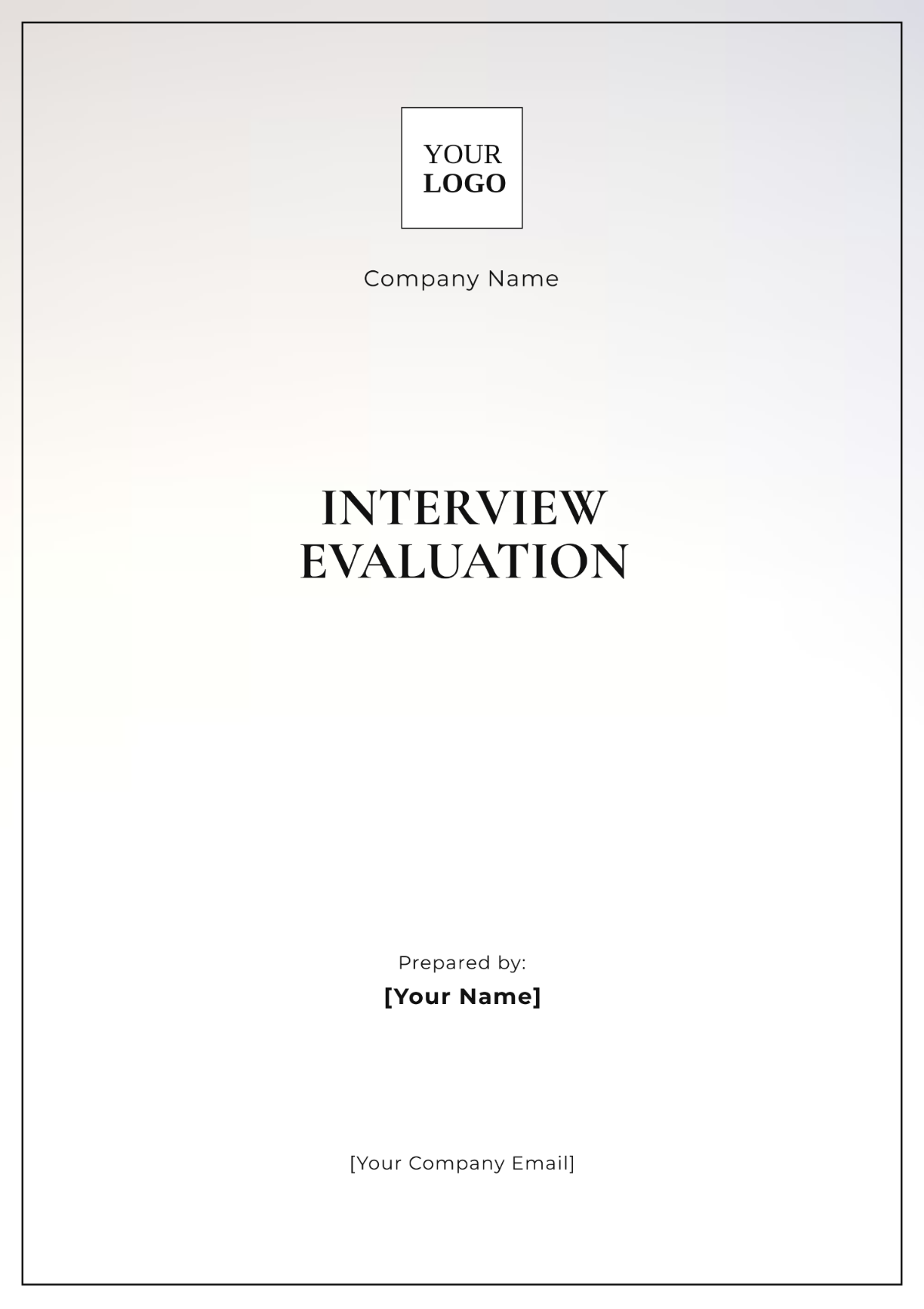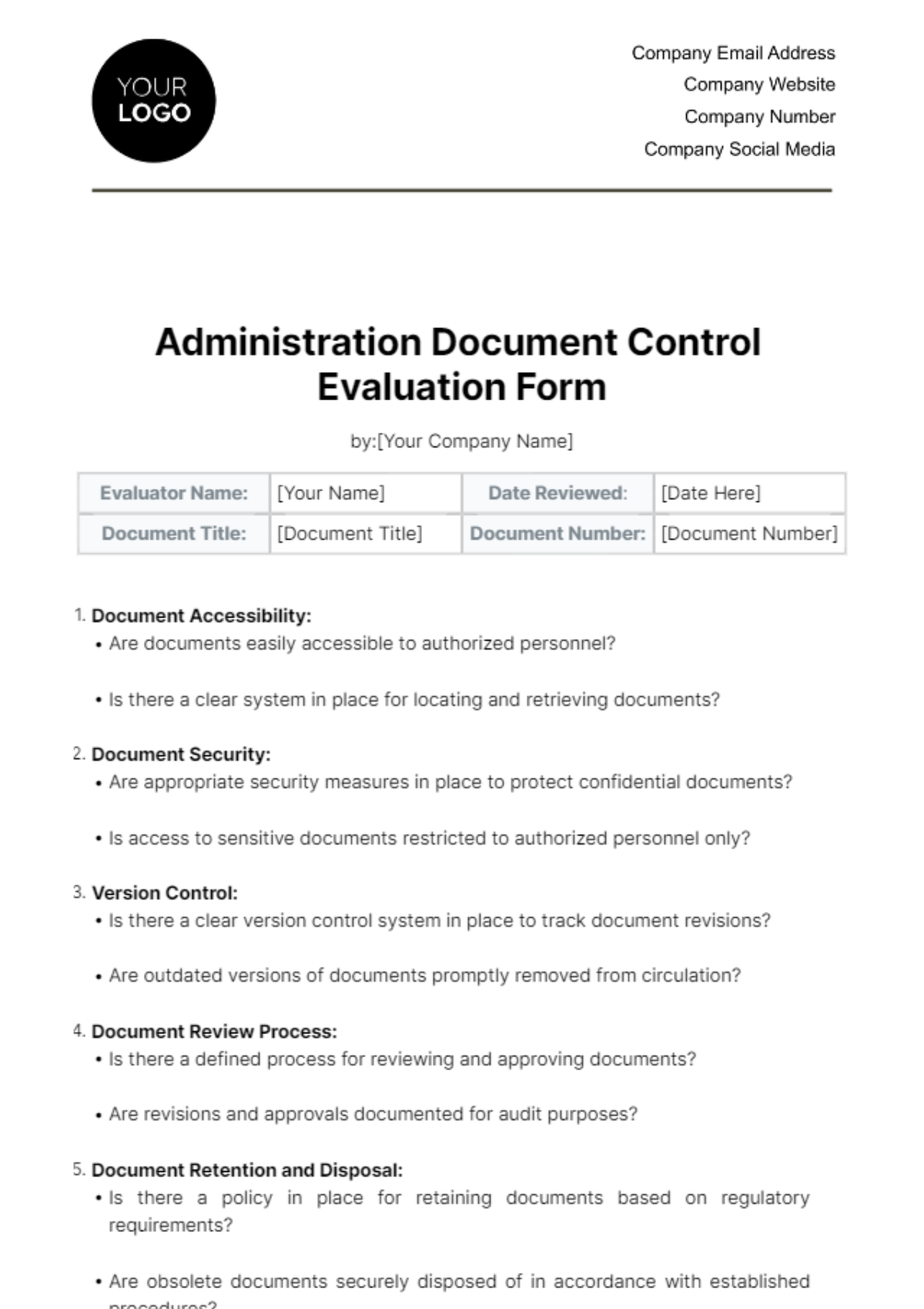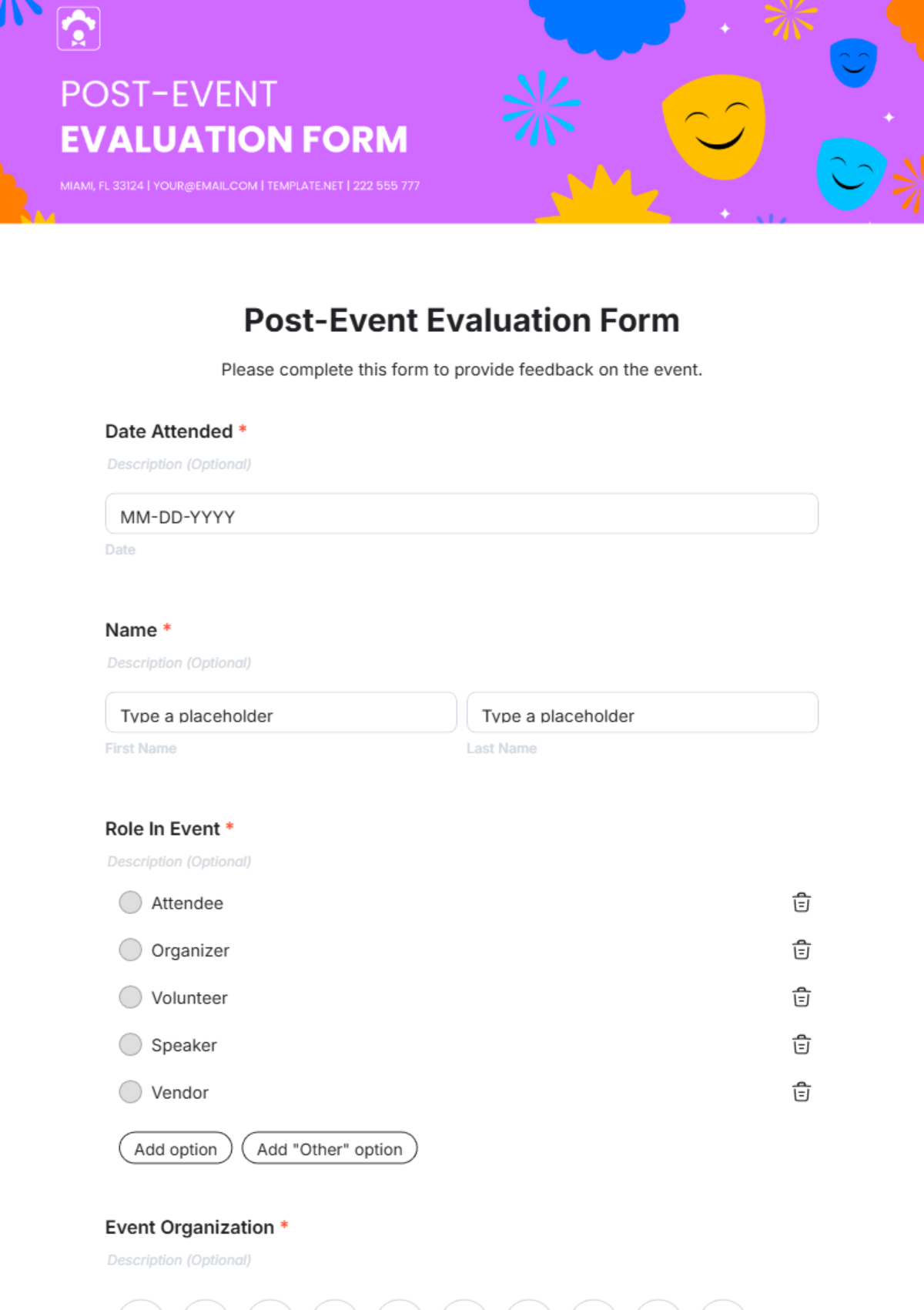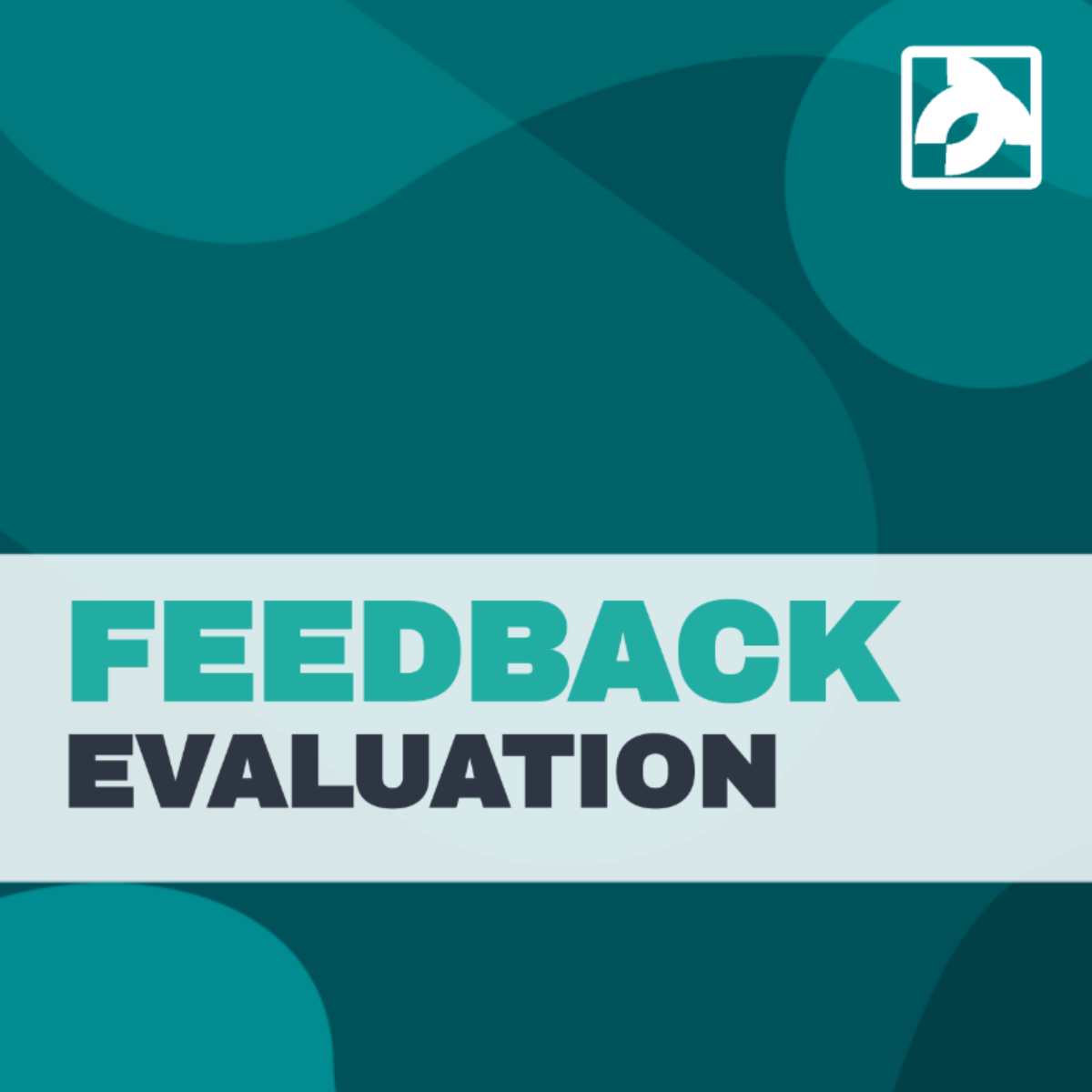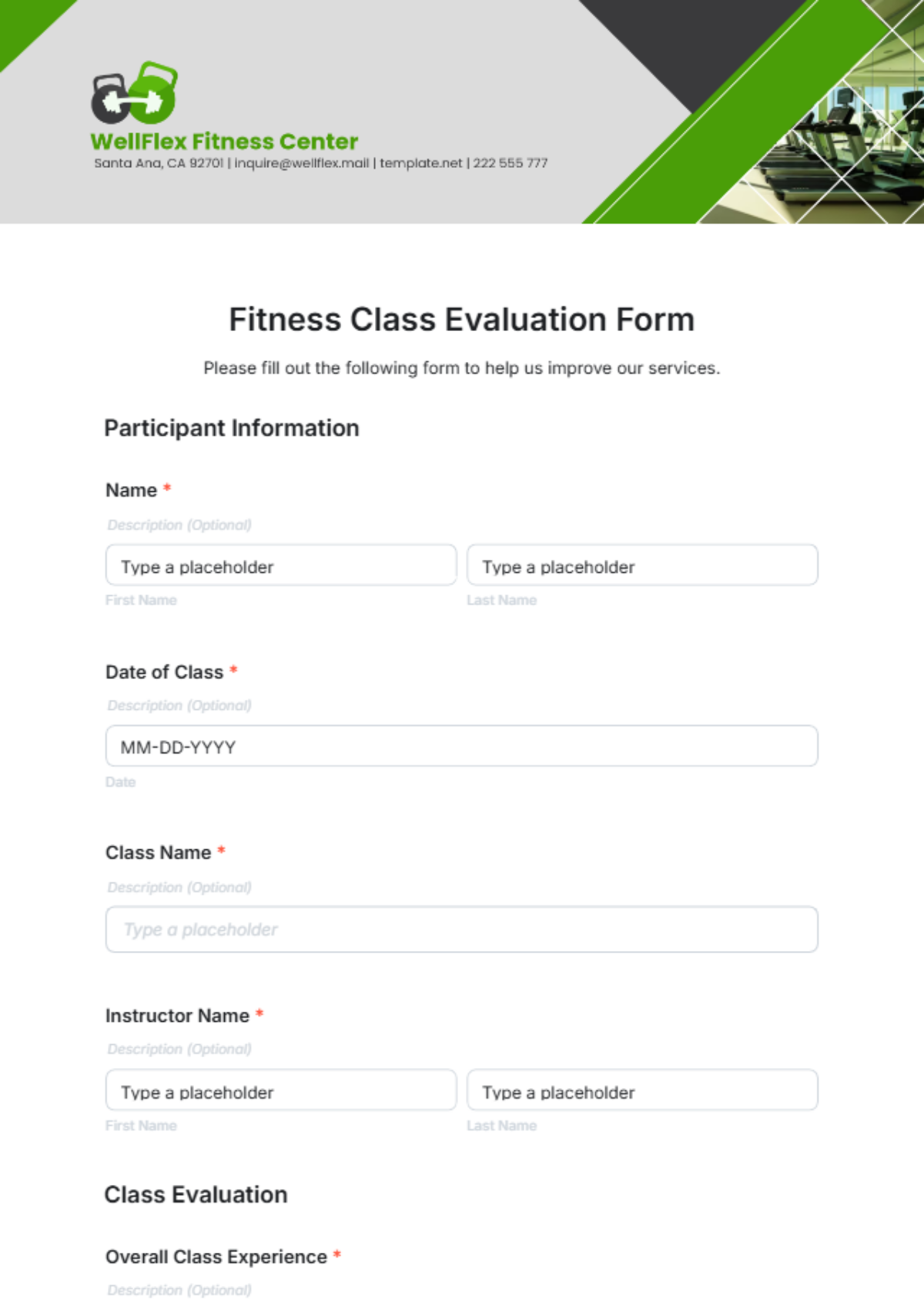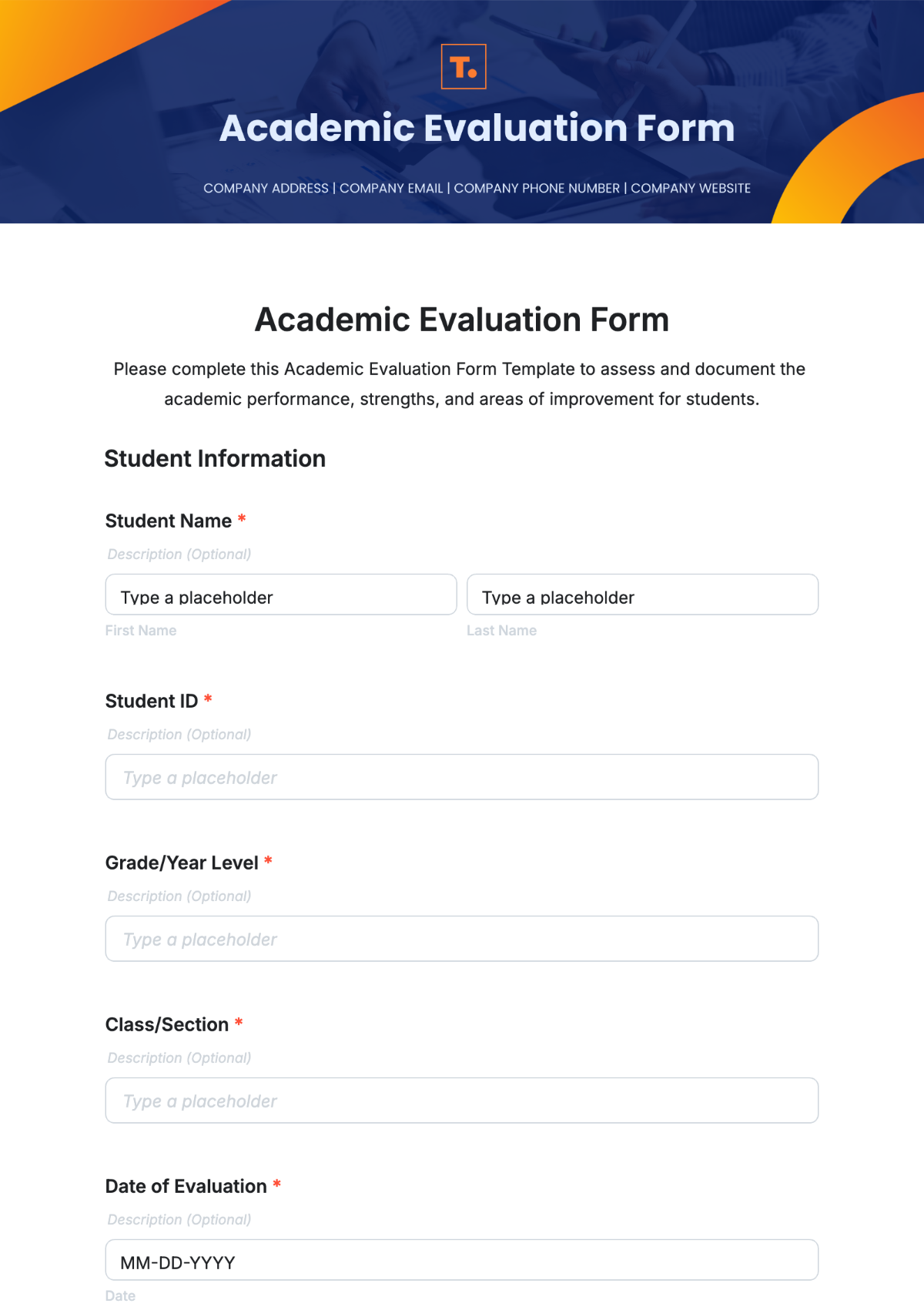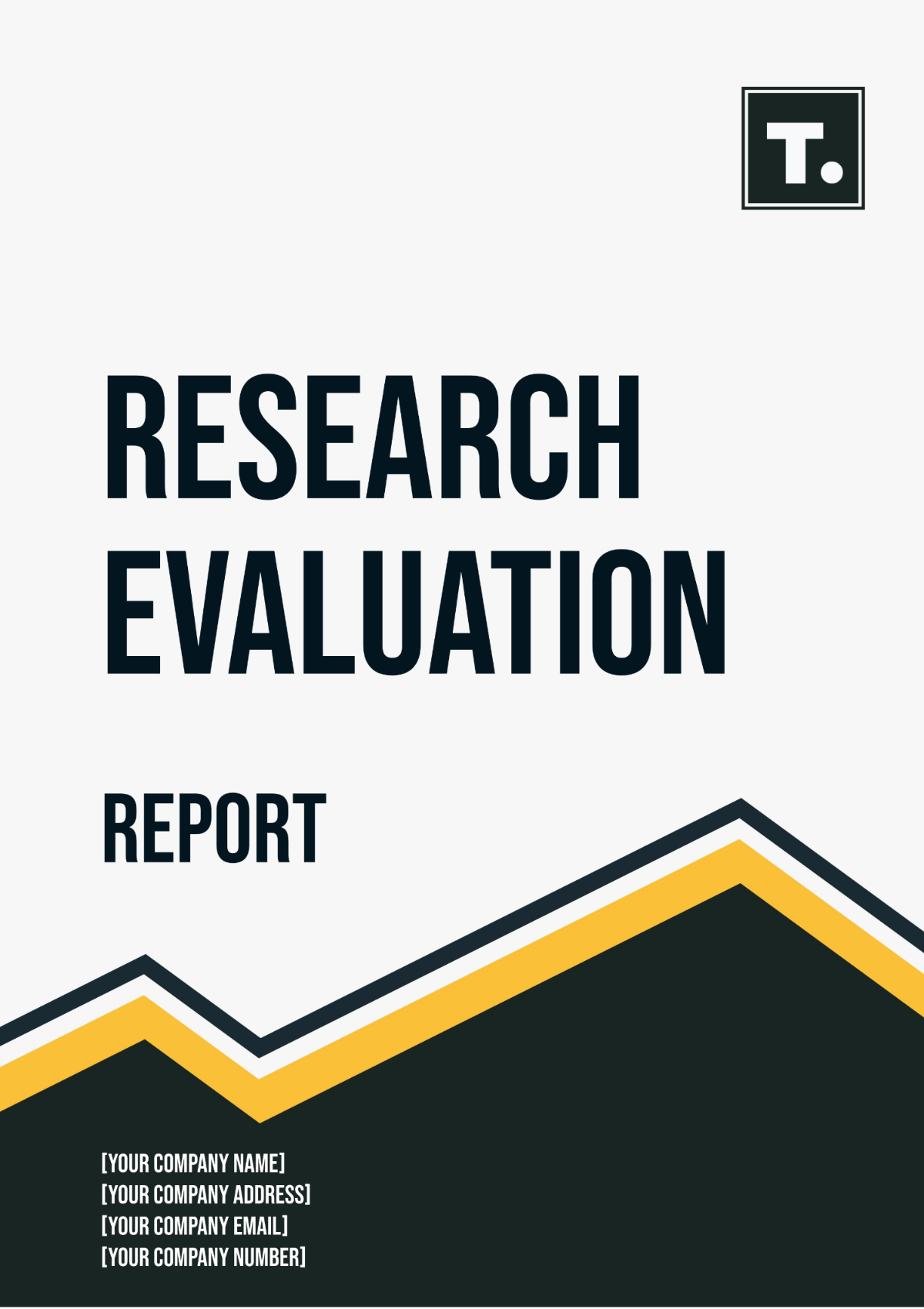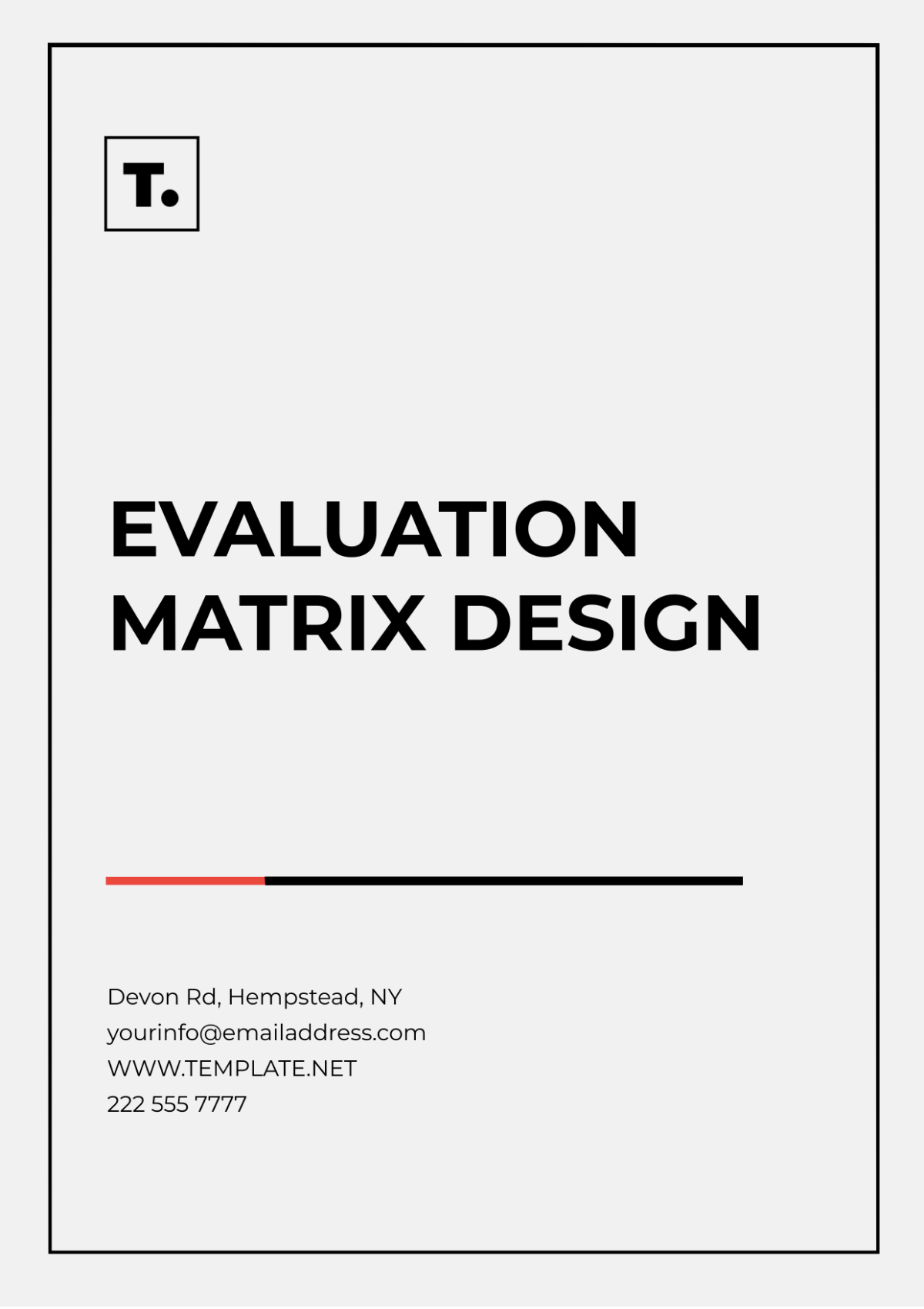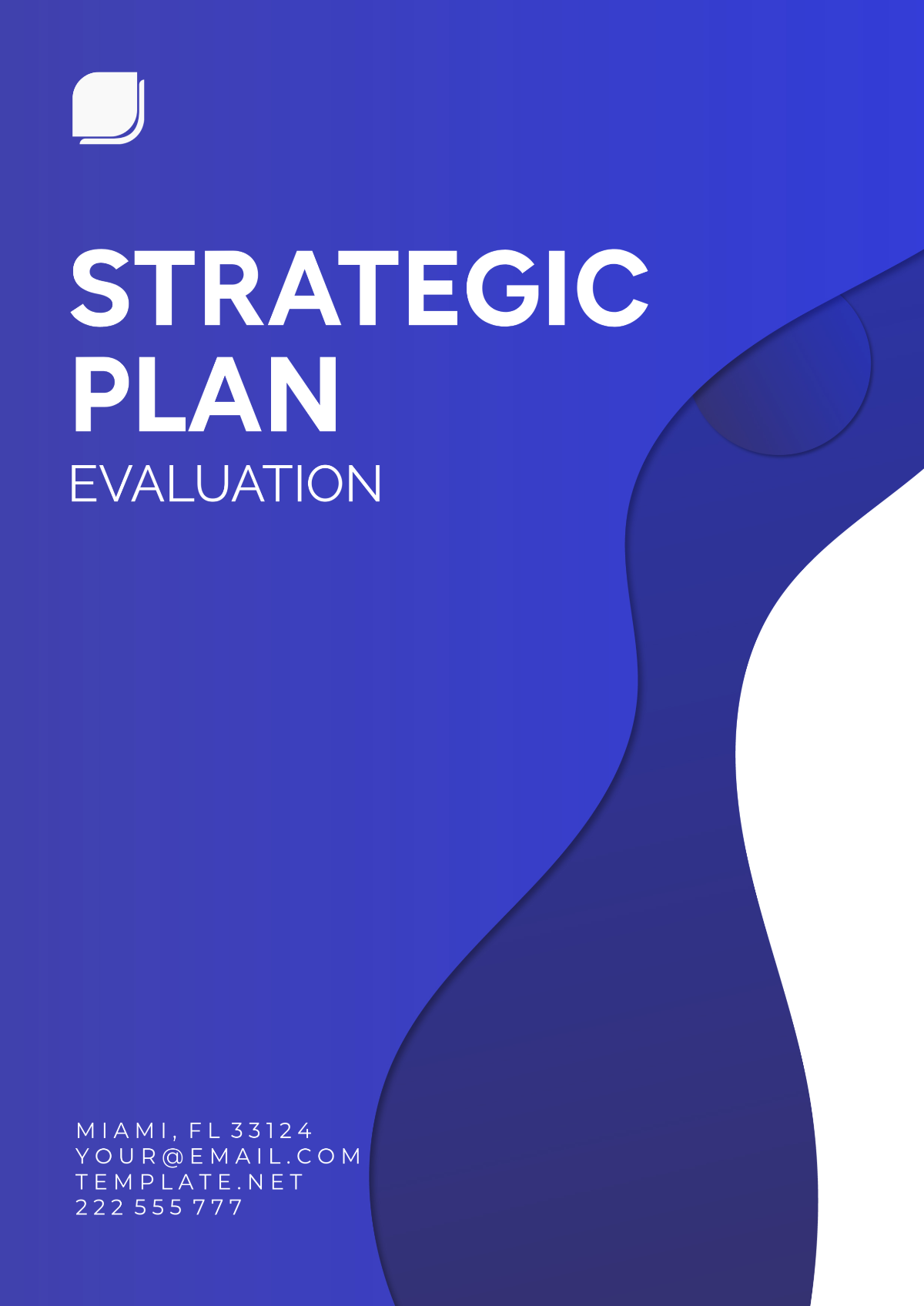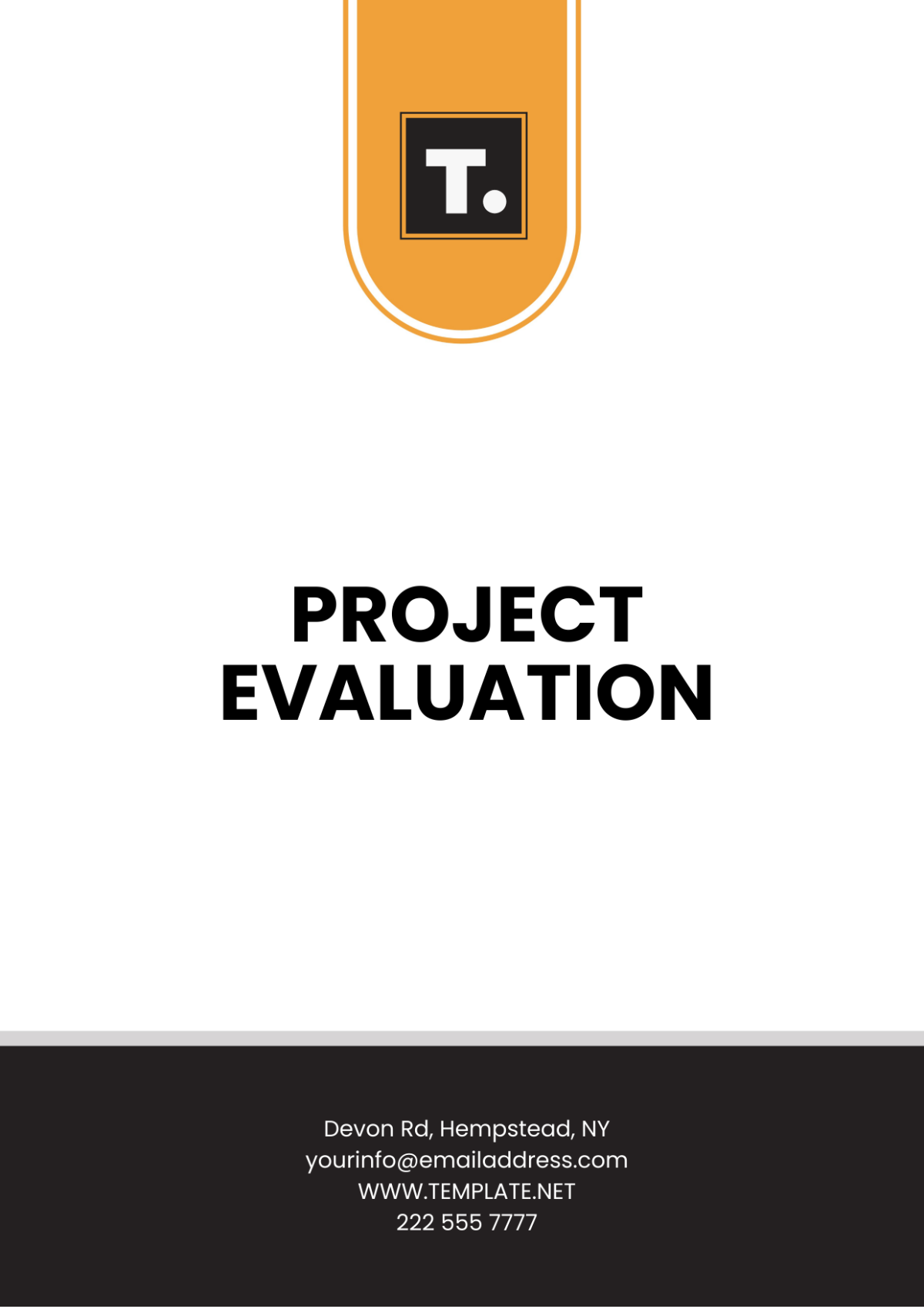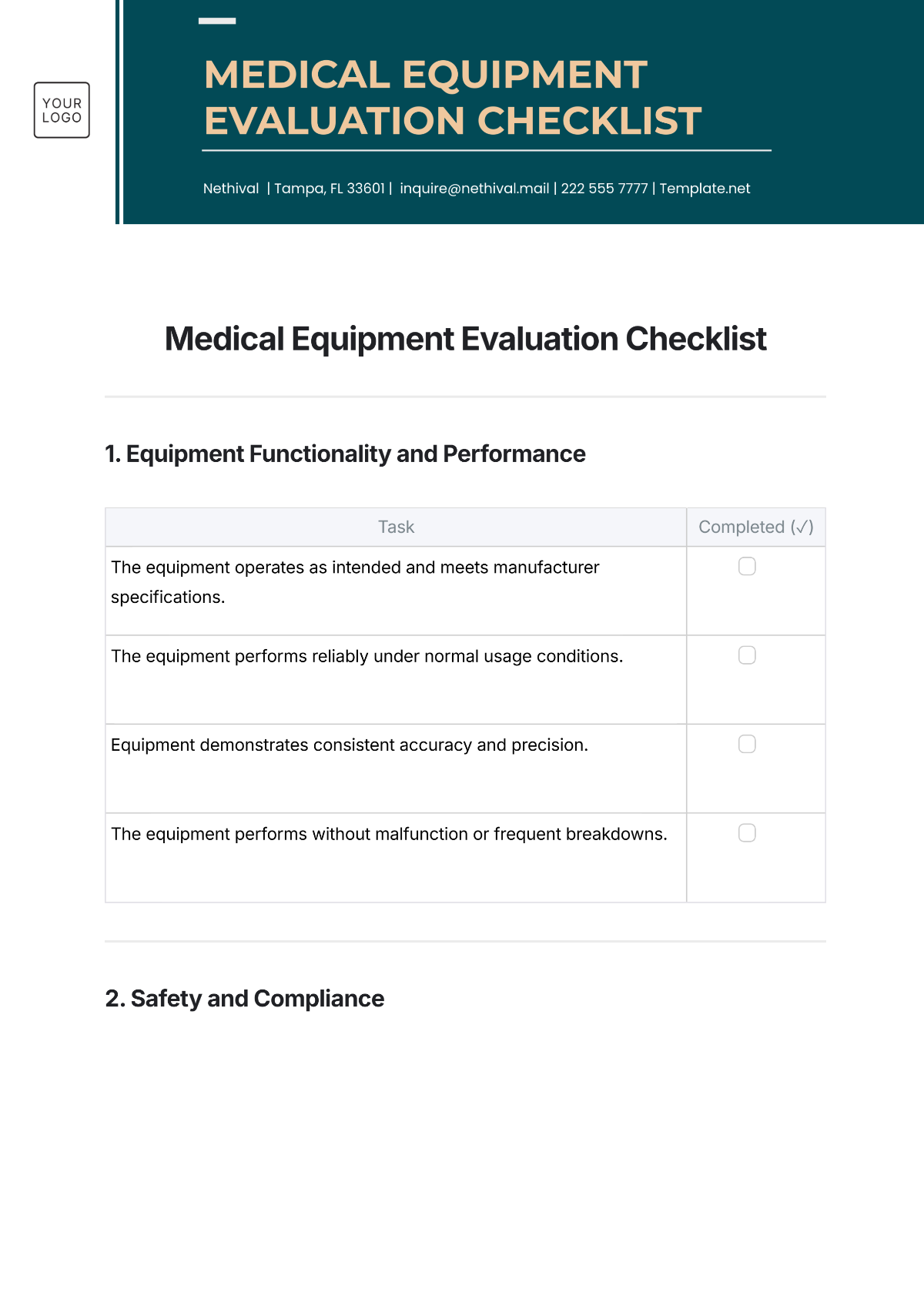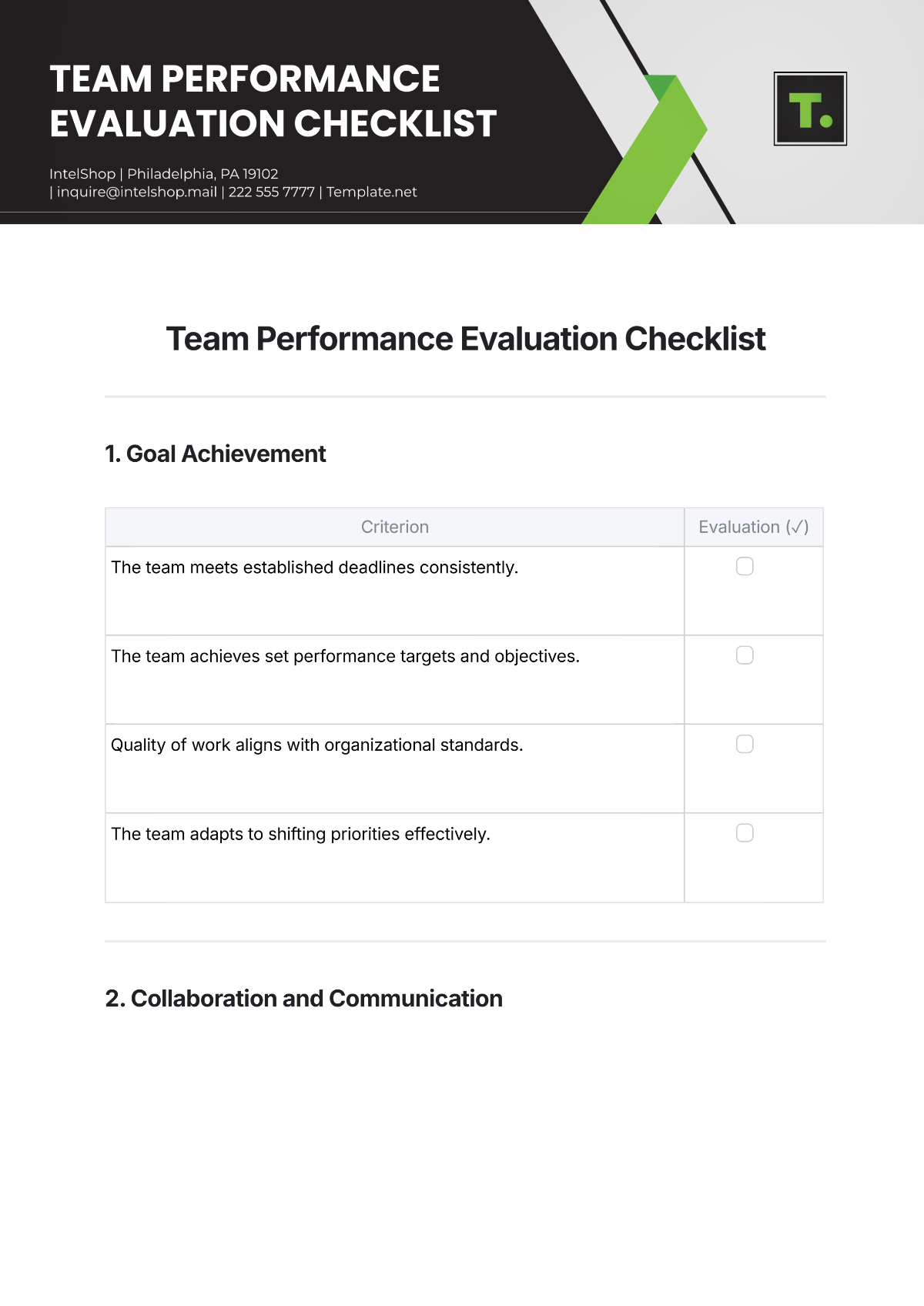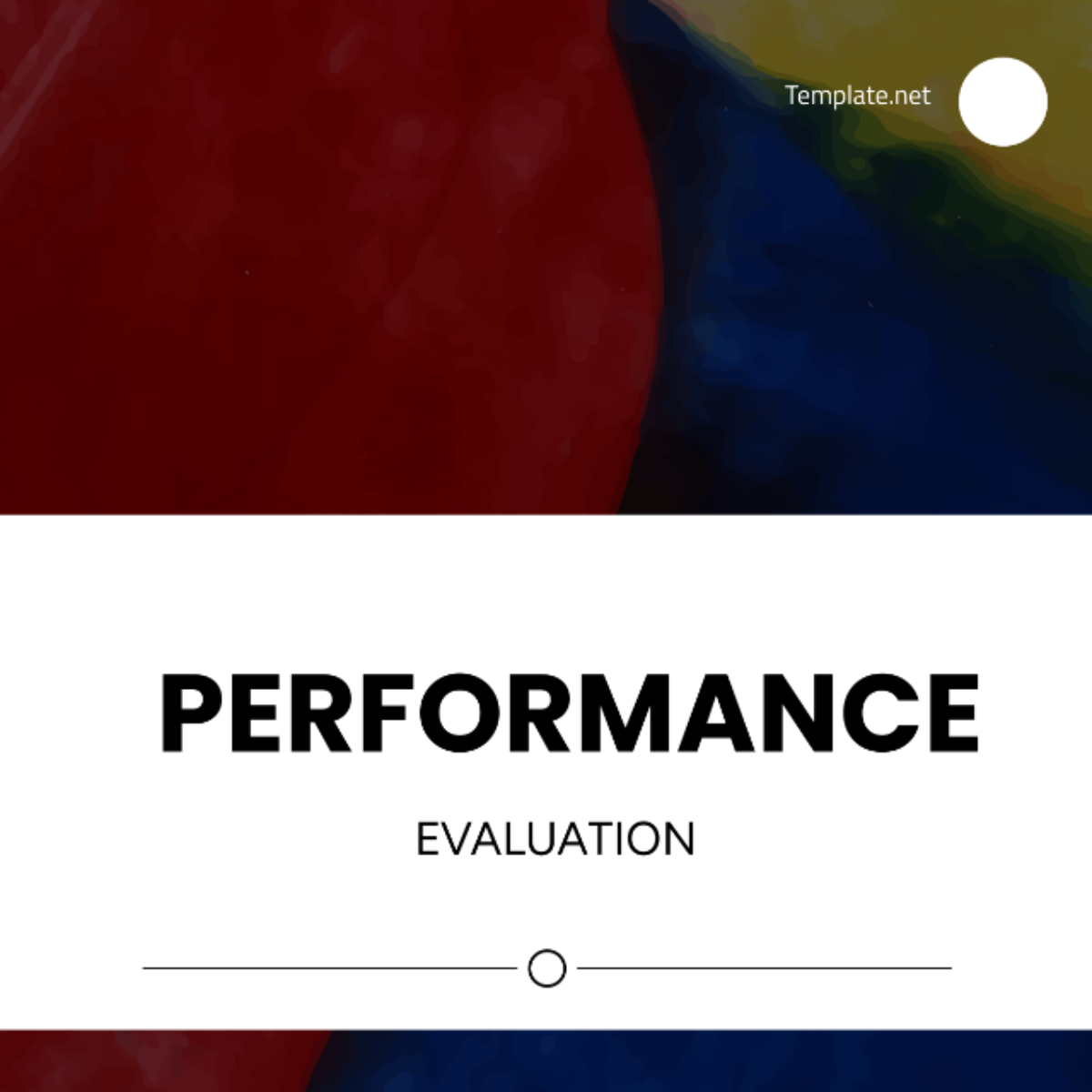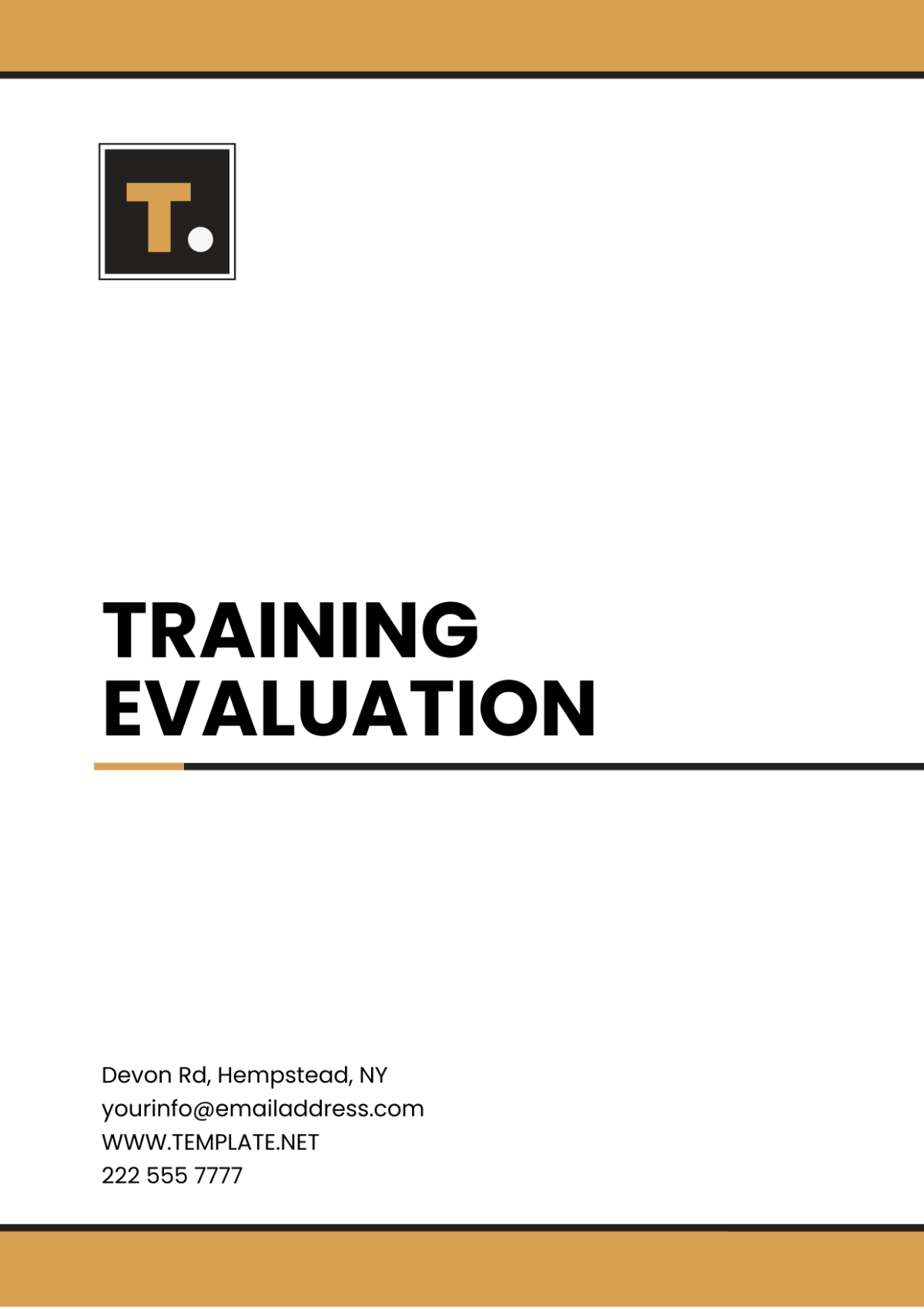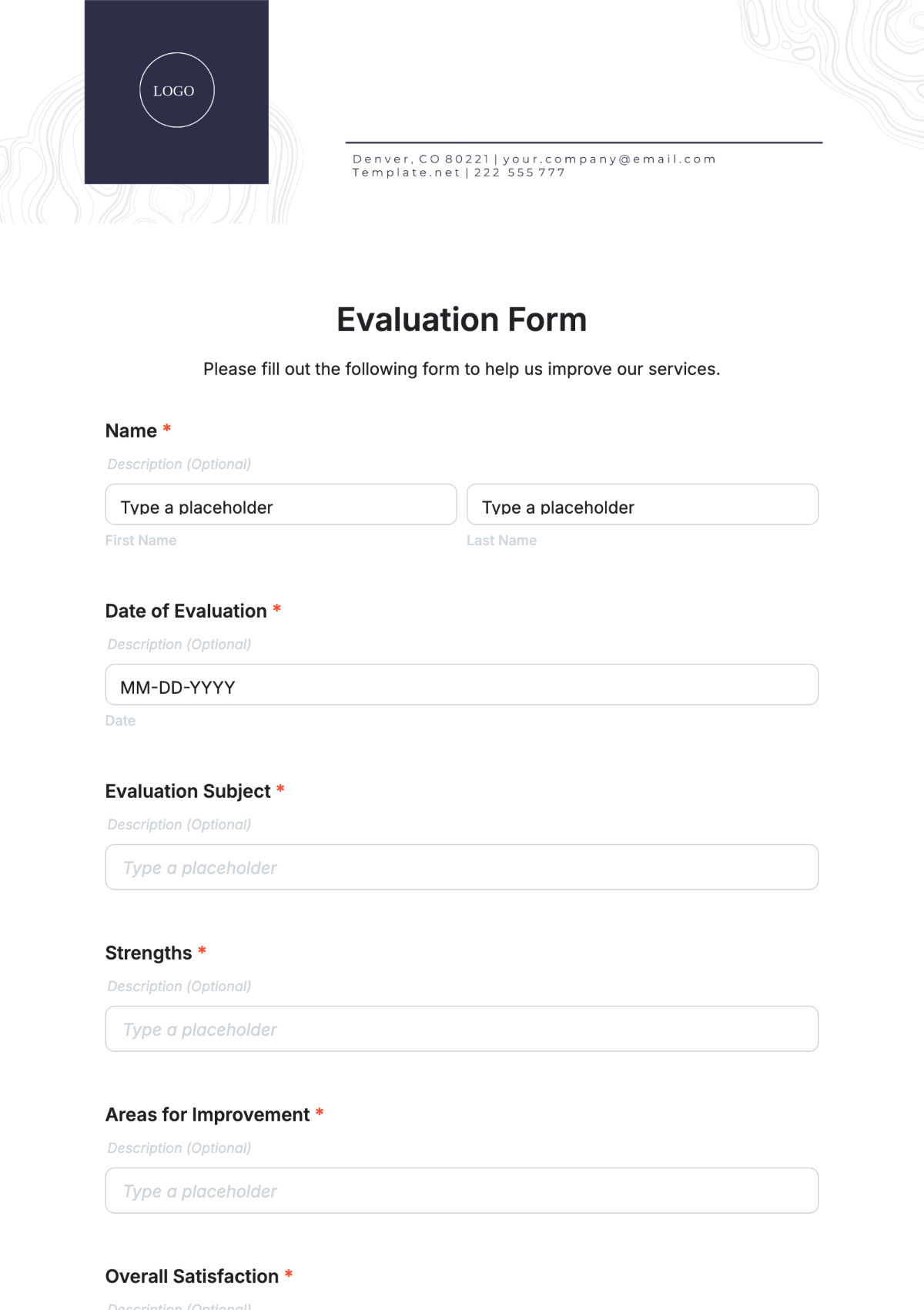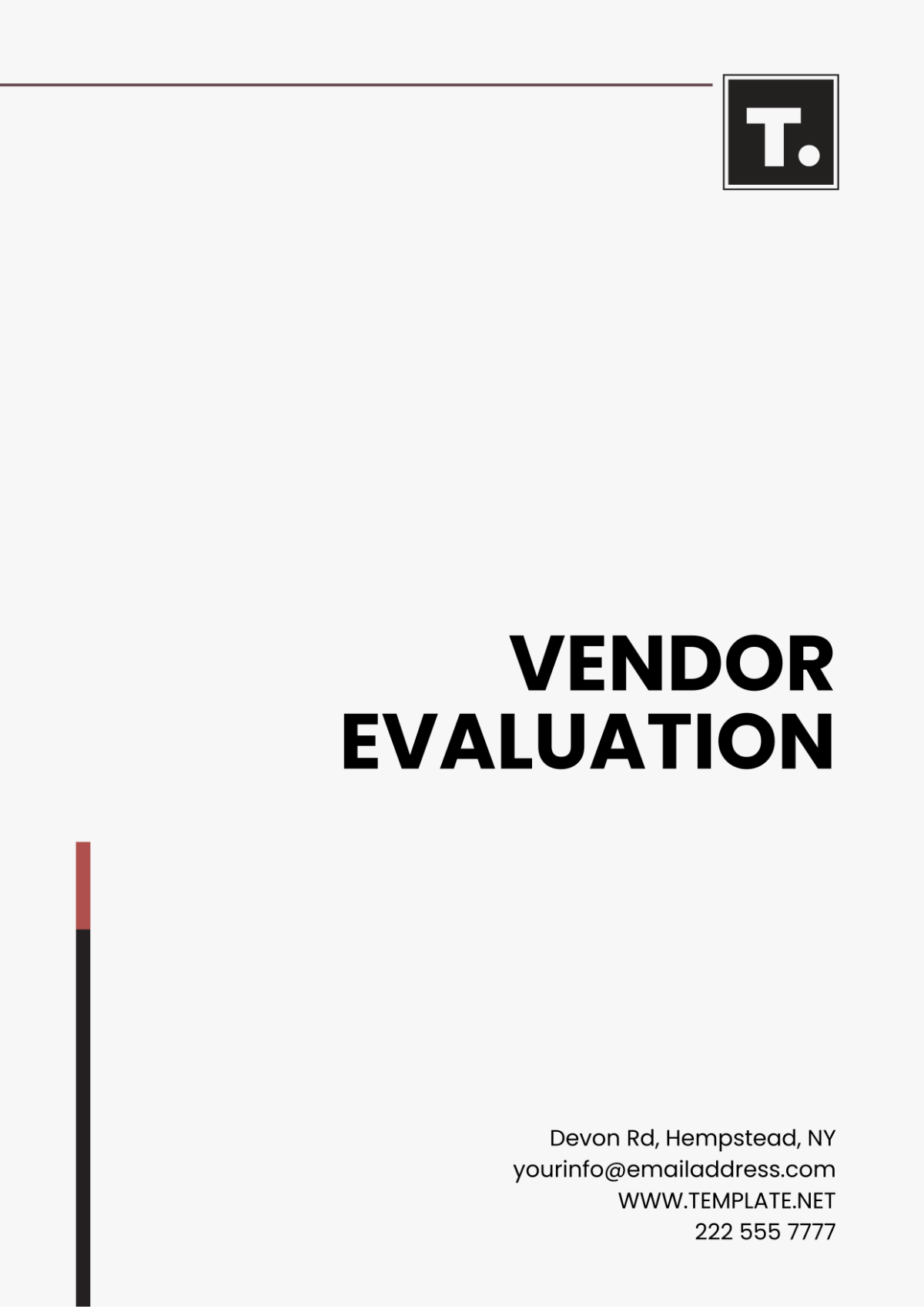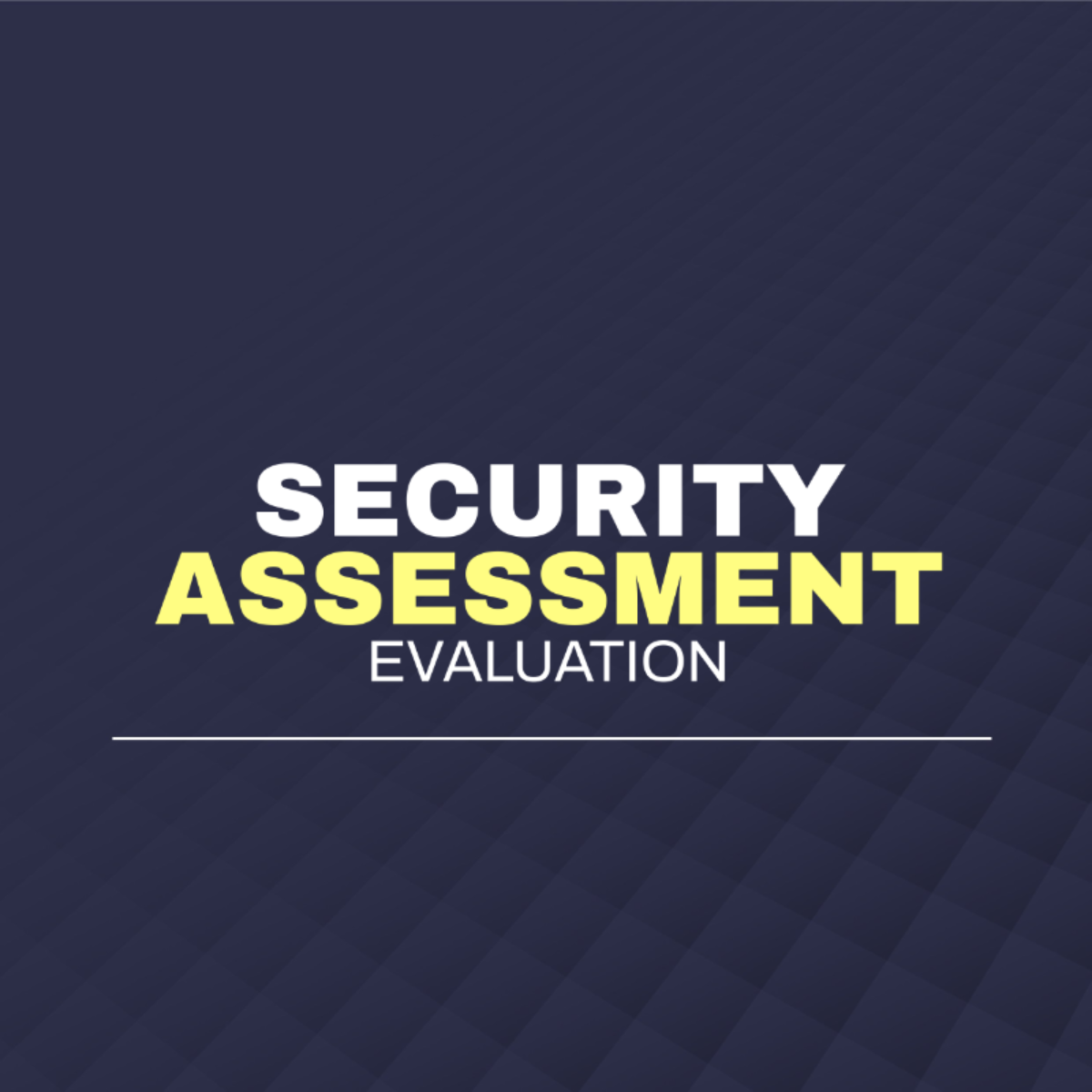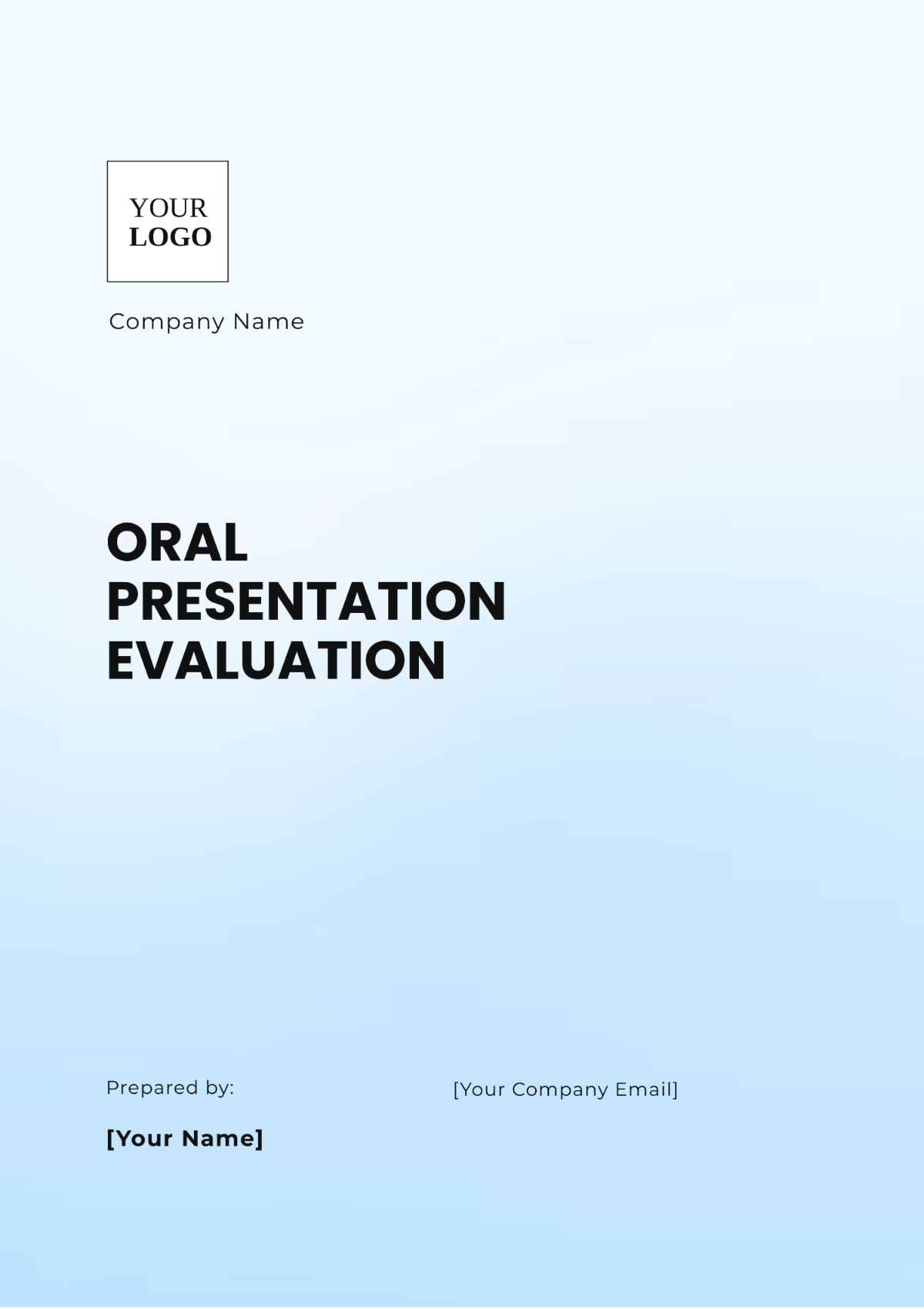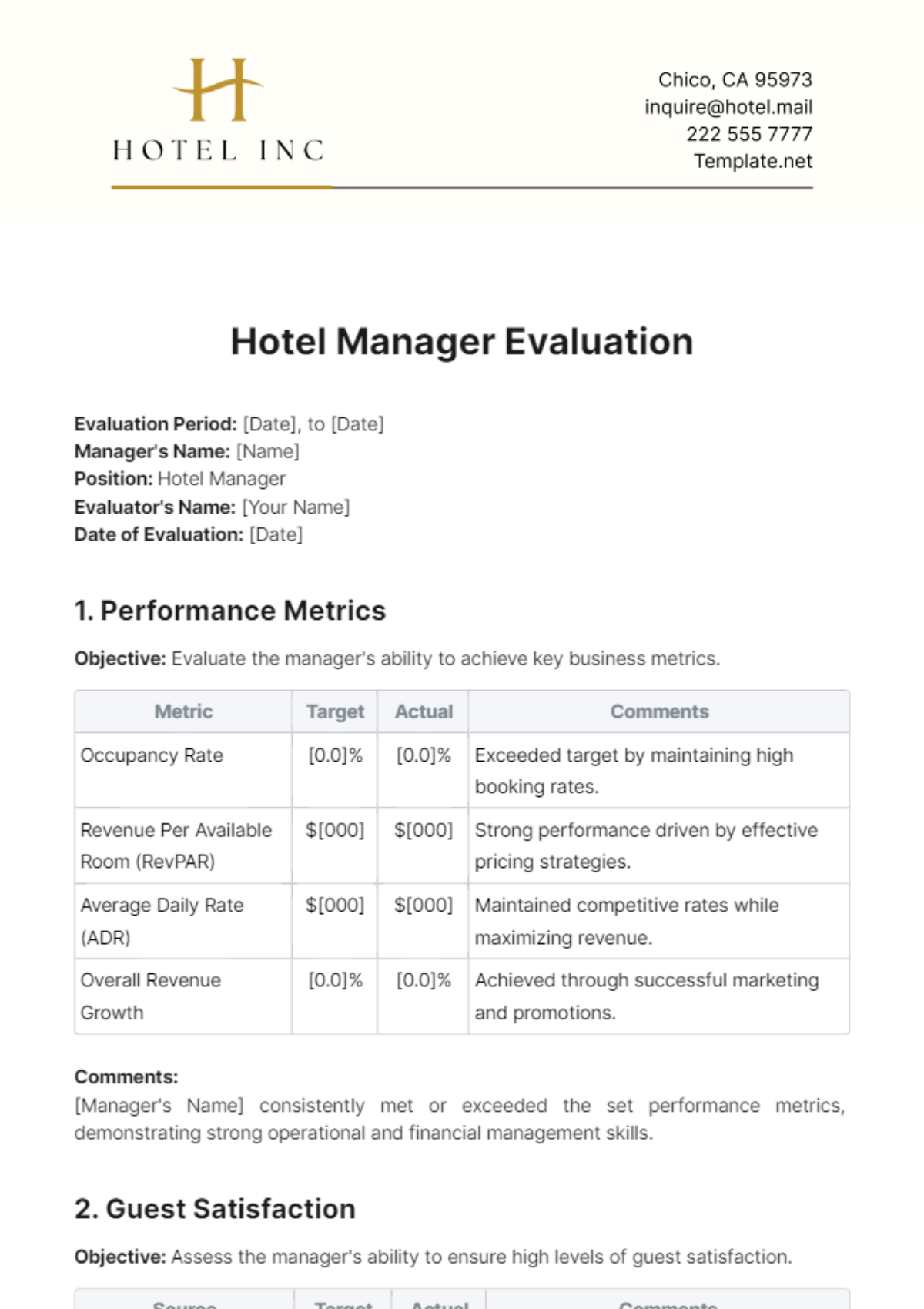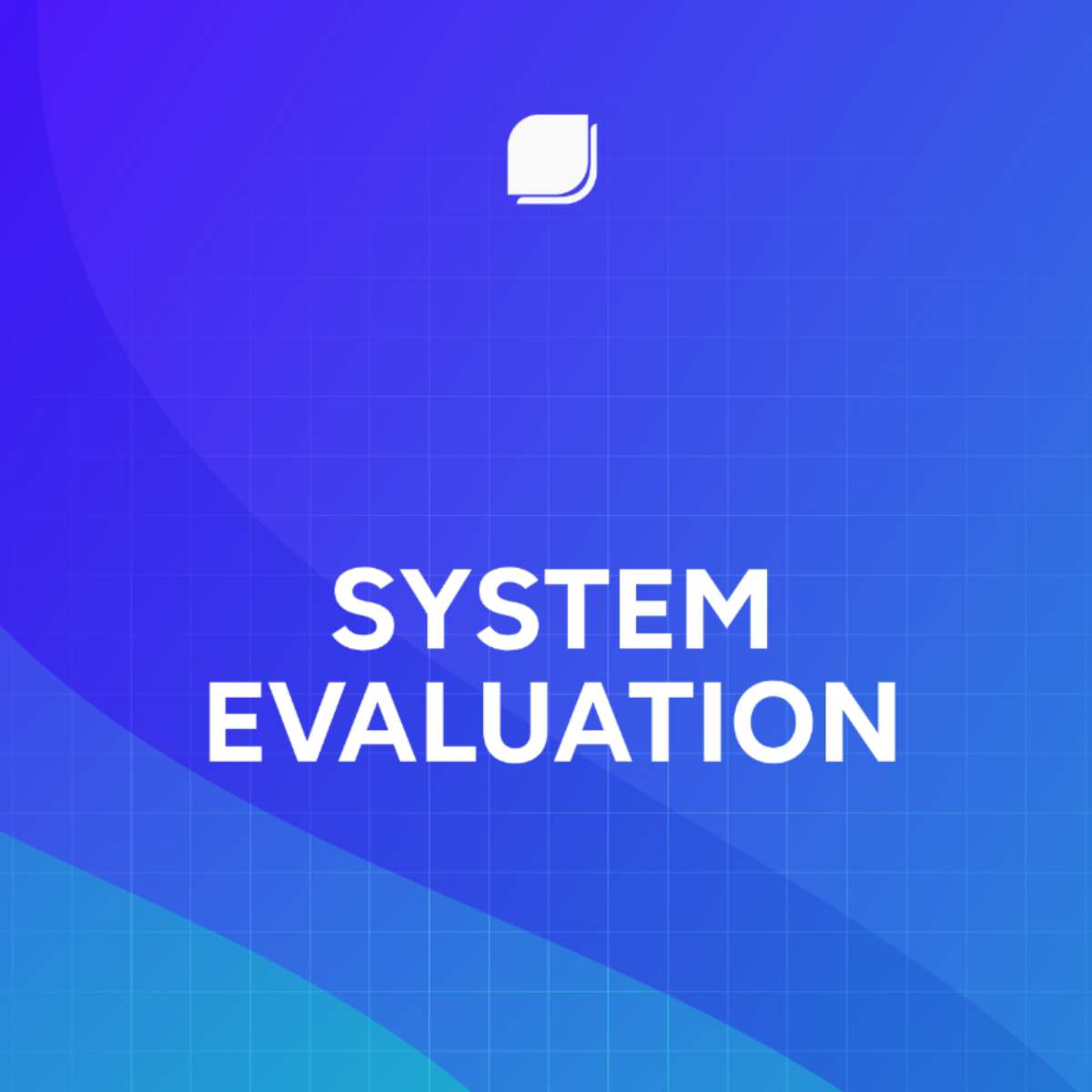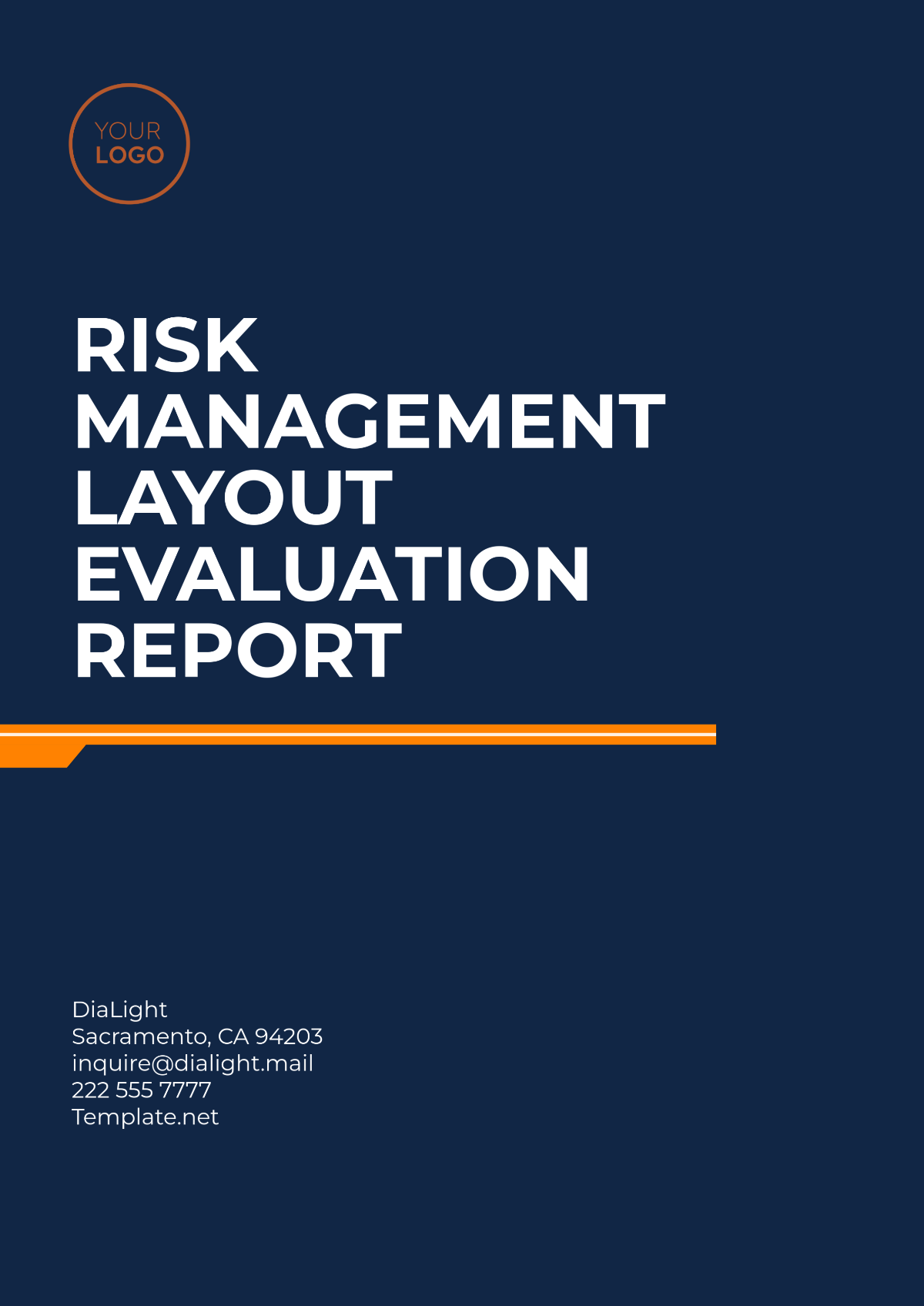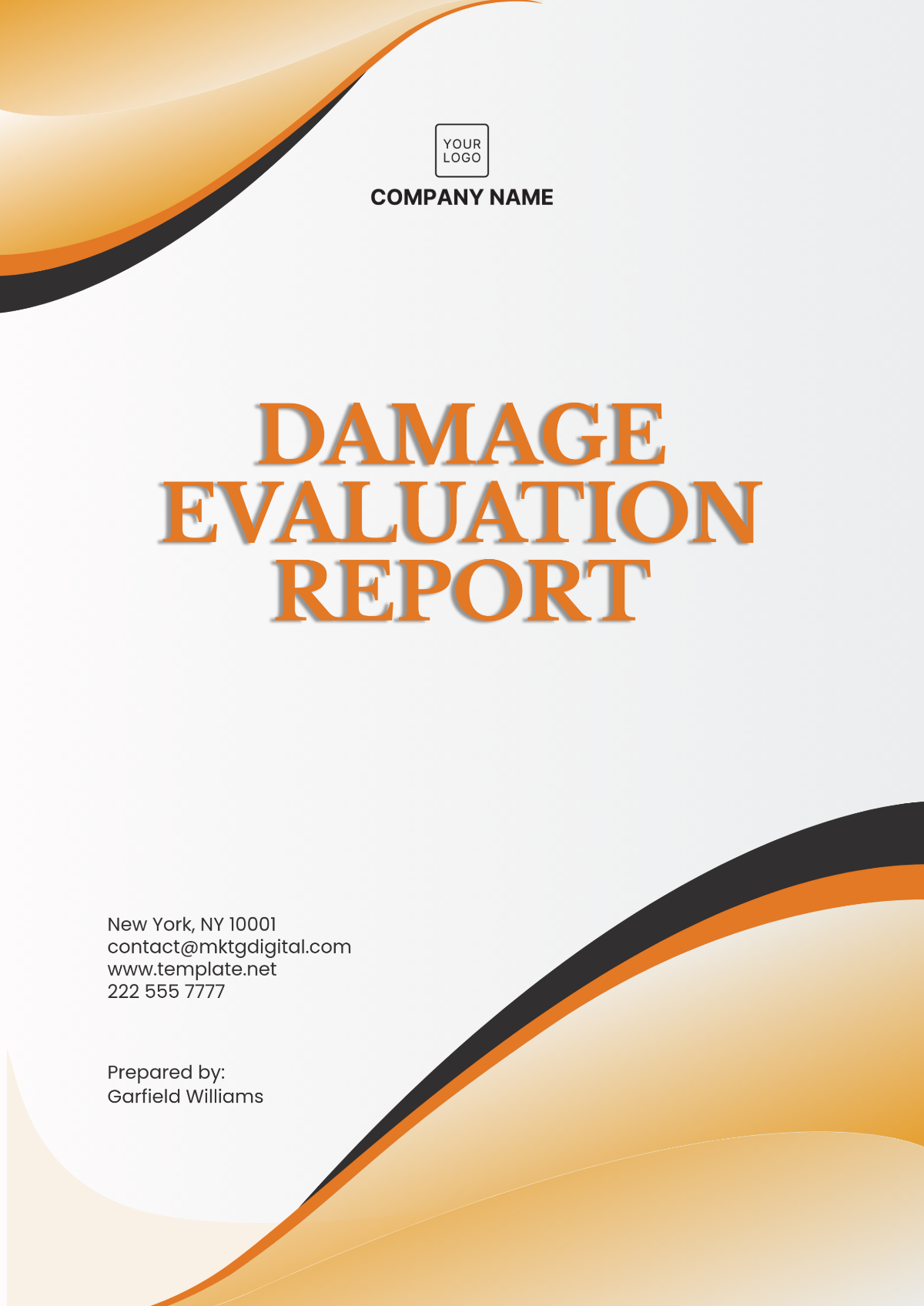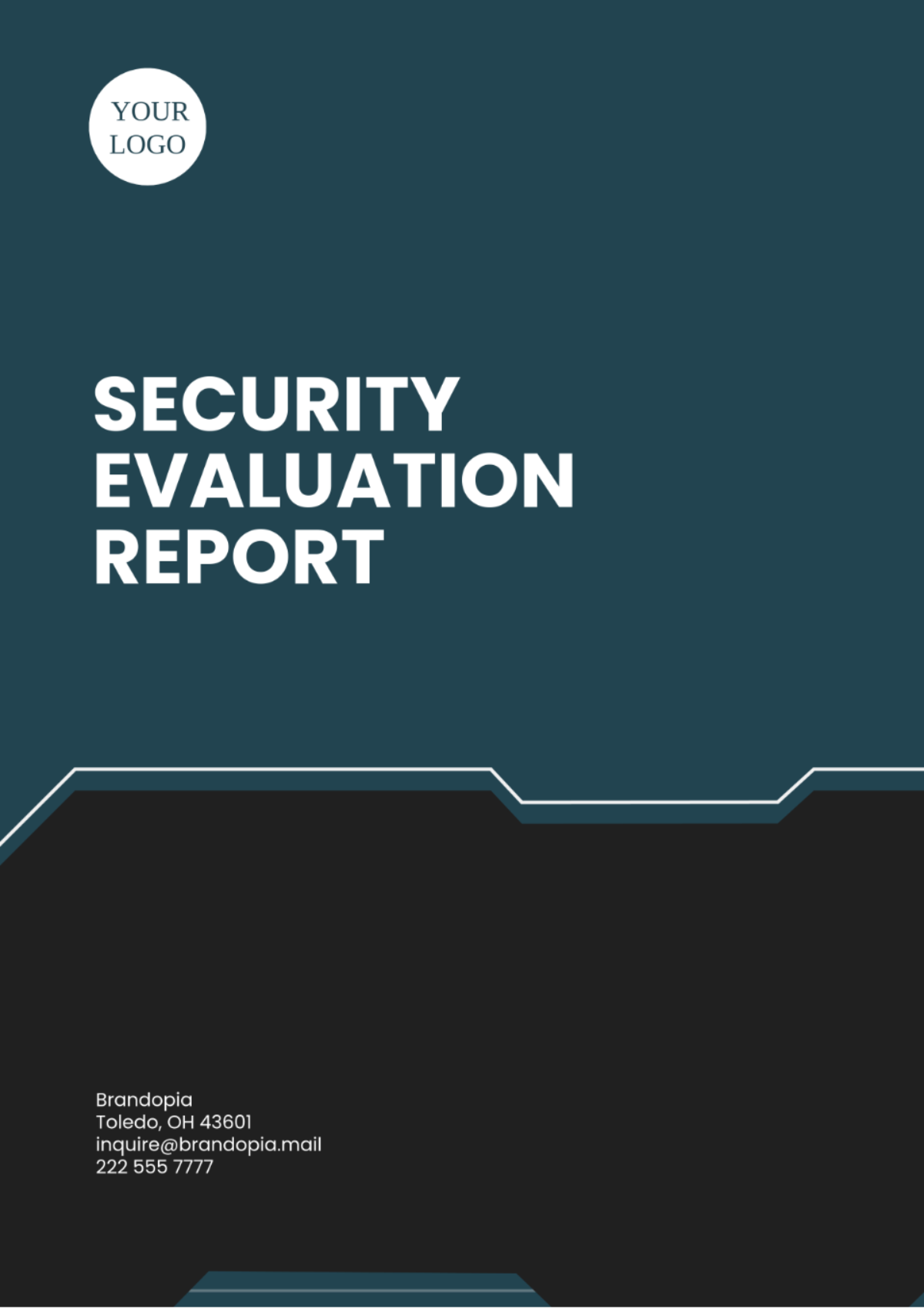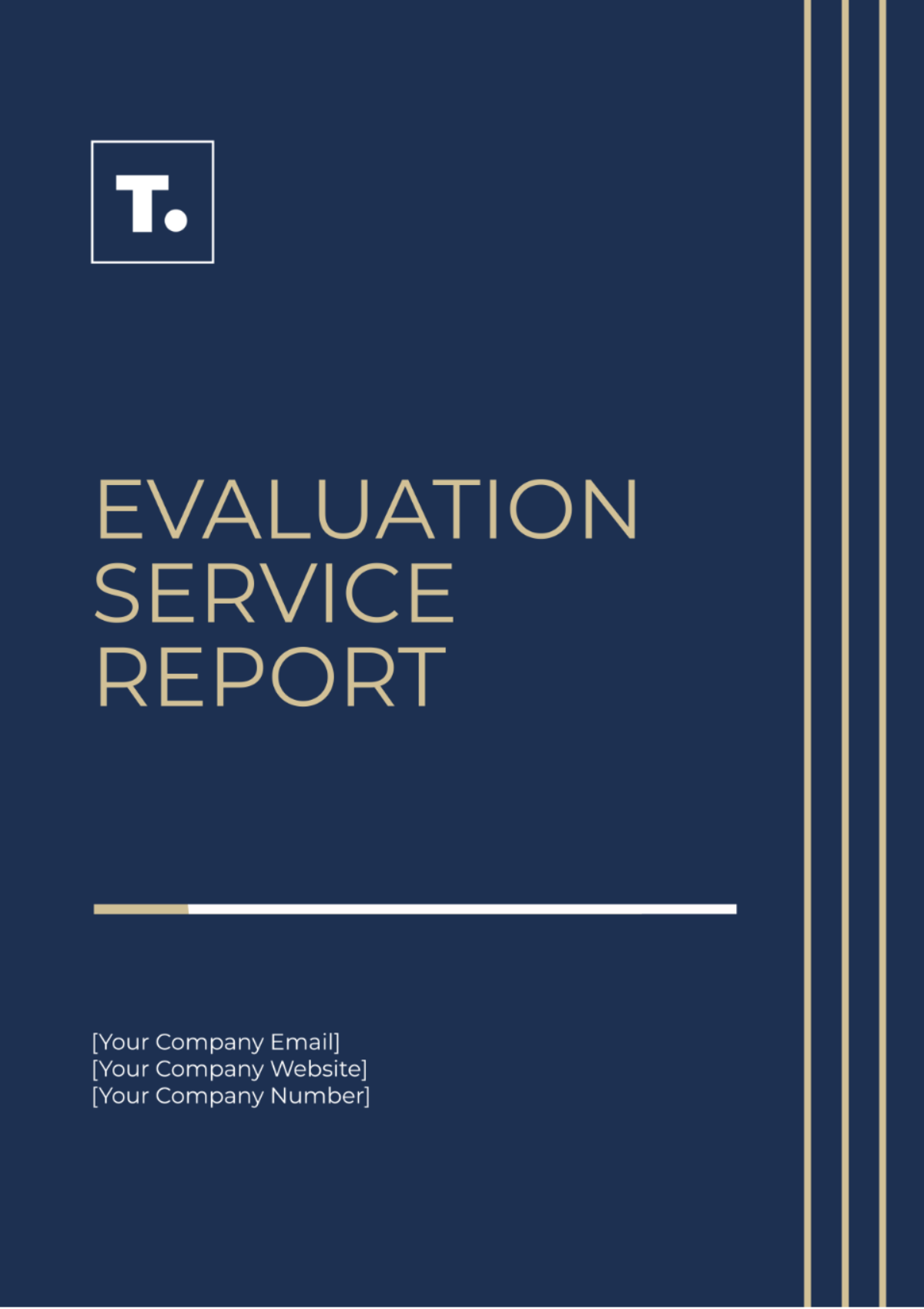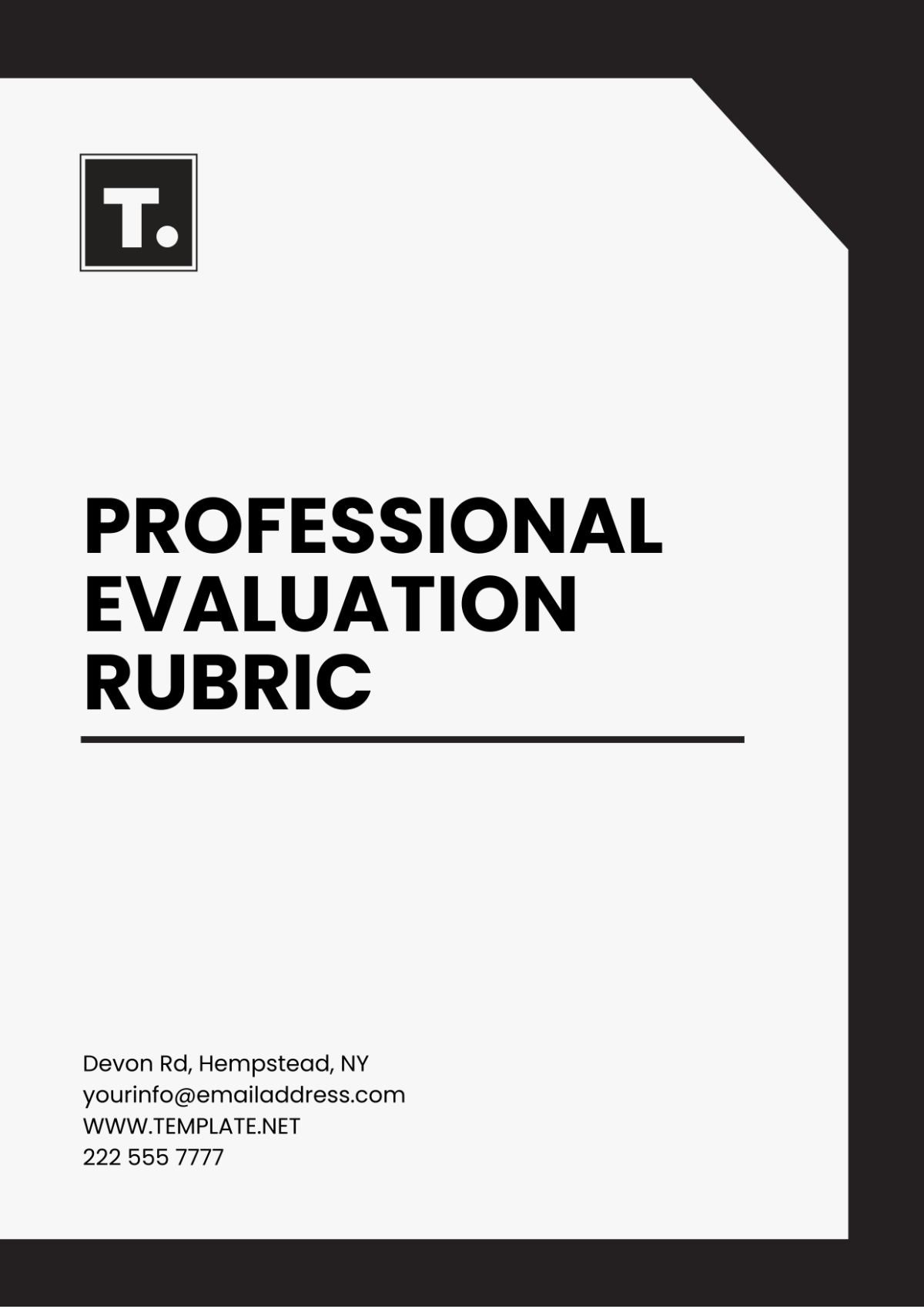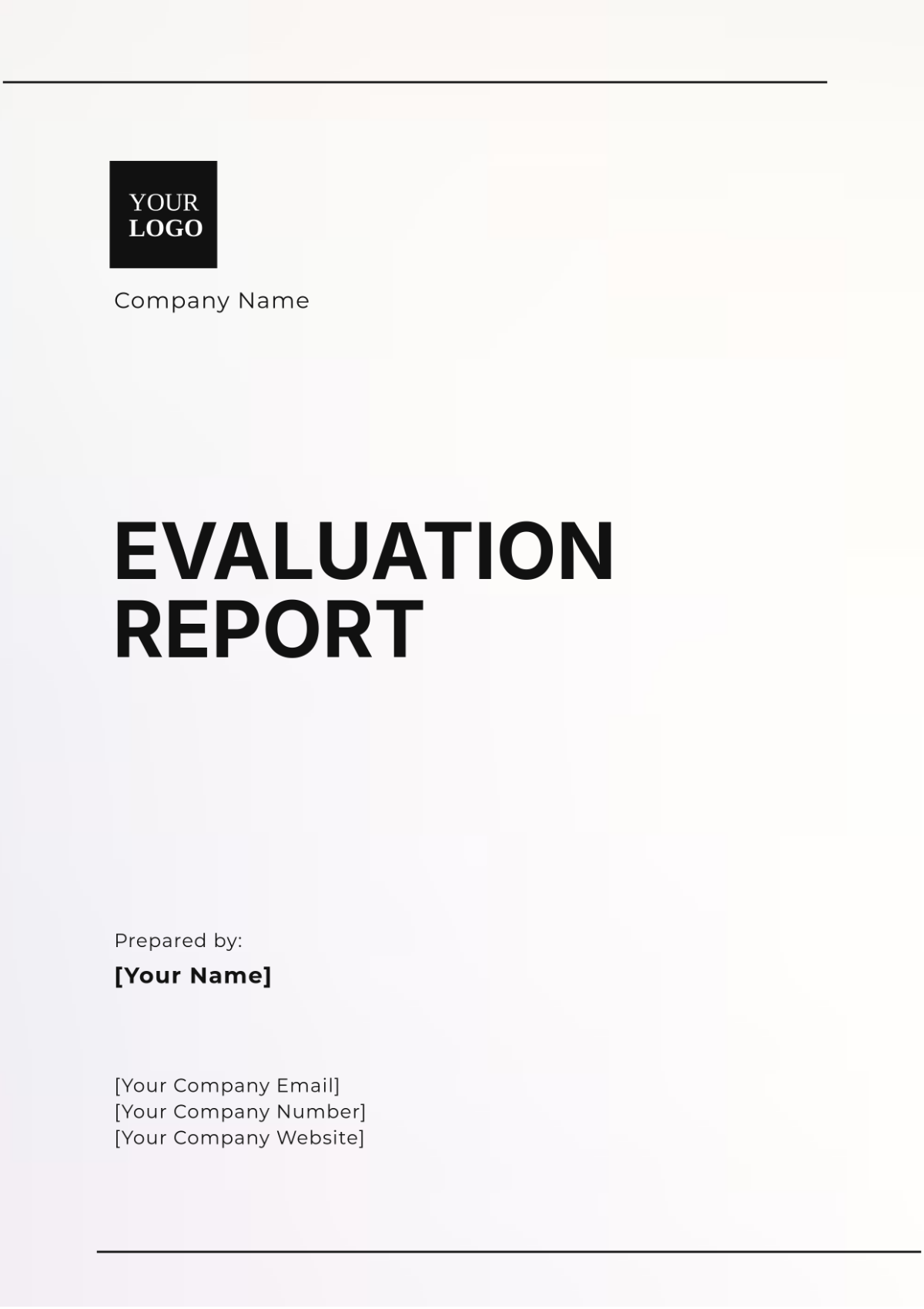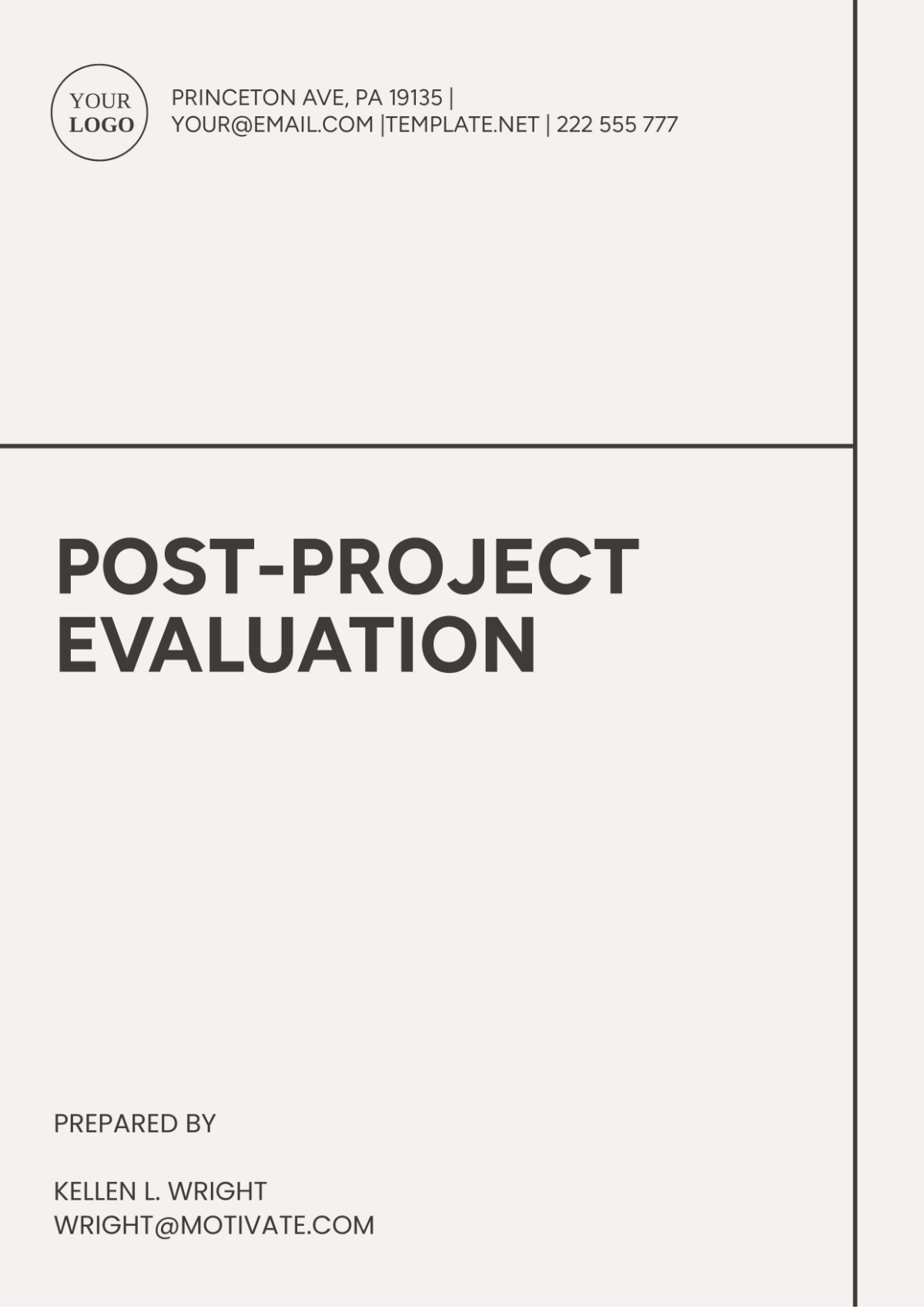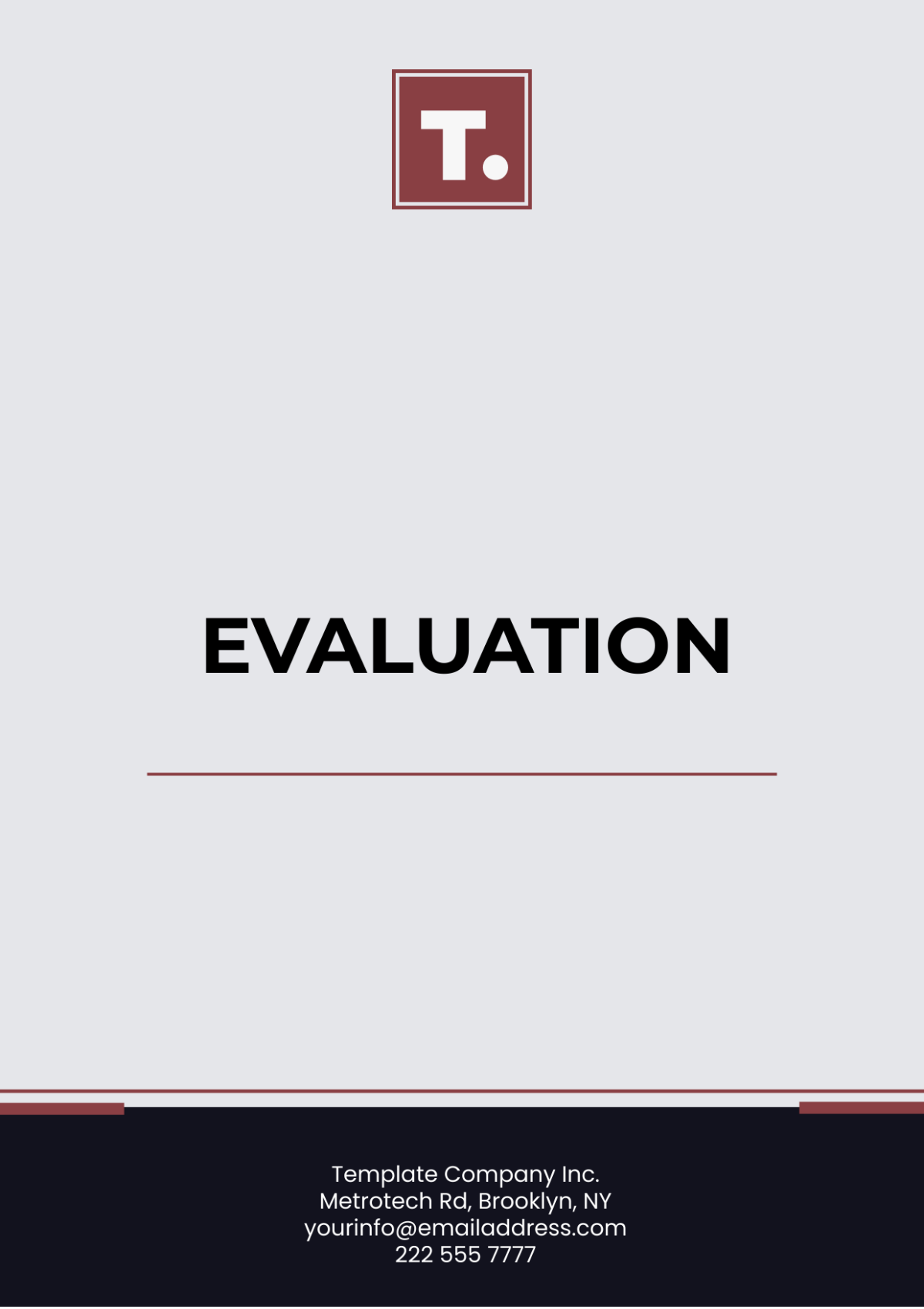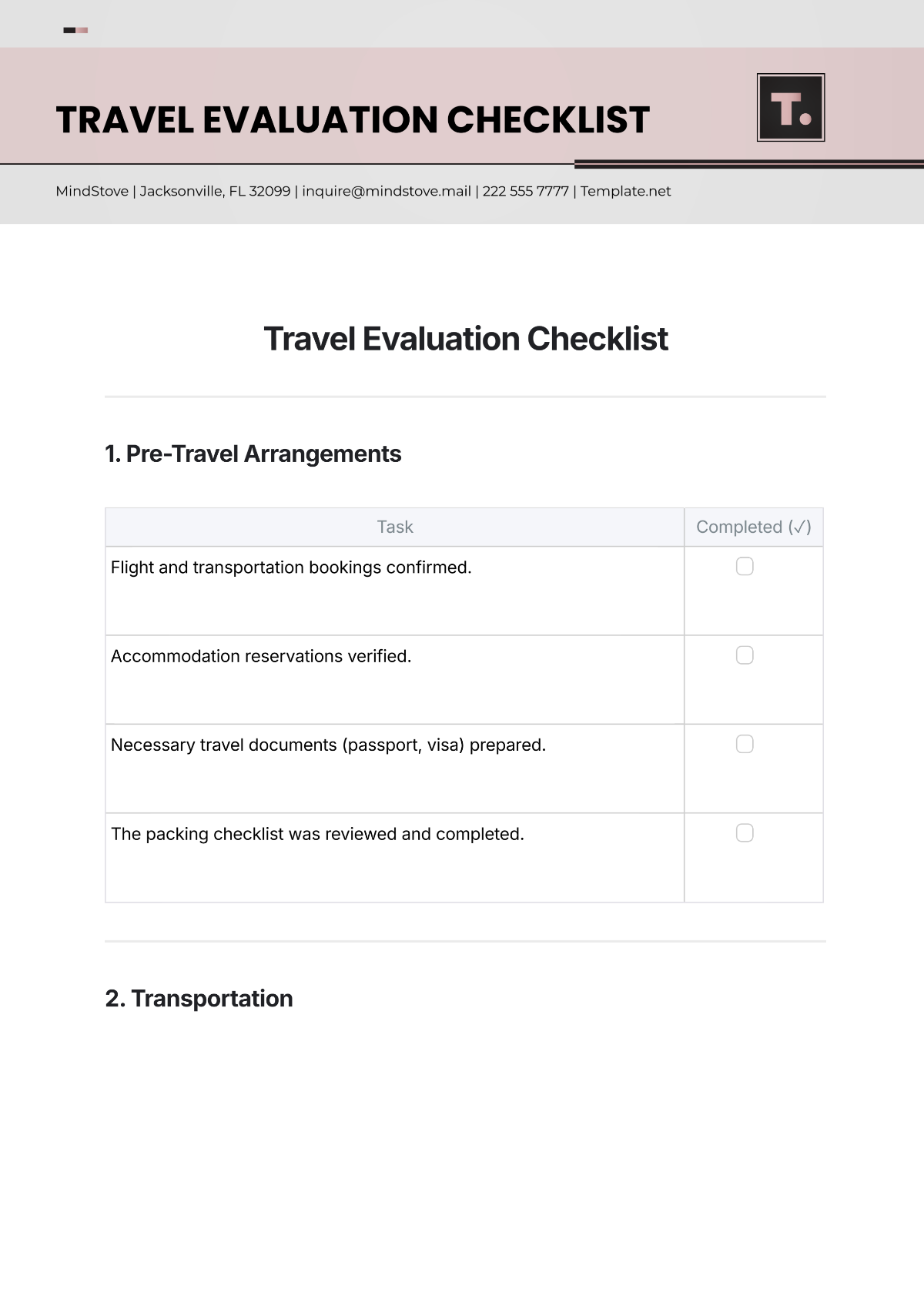Payroll Accounting Evaluation Manual
Introduction
A. Purpose
The primary purpose of the [Your Company Name] Payroll Accounting Evaluation Manual is to establish a systematic framework that enables a thorough evaluation of our payroll processes. This comprehensive guide aims to enhance the accuracy of payroll calculations, ensure compliance with relevant regulations, and drive overall efficiency within our organization.
B. Scope
The scope of this manual encompasses the evaluation of various payroll accounting procedures within [Your Company Name]. These procedures include but are not limited to:
Calculation of employee wages and salaries
Deductions for taxes, benefits, and other withholdings
Compliance with local, state, and federal payroll-related regulations
C. Objectives
The key objectives of implementing this manual are as follows:
Accuracy Improvement: To minimize errors in payroll calculations, ensuring employees receive accurate and timely compensation.
Compliance Verification: To verify adherence to legal and regulatory standards governing payroll practices, thus mitigating potential legal risks.
Efficiency Enhancement: To identify and implement strategies that streamline payroll processes, resulting in improved efficiency and resource utilization.
D. Significance
Effective payroll management is crucial for maintaining employee satisfaction, regulatory compliance, and the overall financial health of [Your Company Name]. By establishing a robust evaluation process, we aim to continually enhance our payroll practices, fostering a reliable and transparent system.
E. Audience
This manual is intended for use by payroll administrators, finance professionals, and any personnel involved in payroll-related activities within [Your Company Name]. It provides a standardized approach for evaluating, optimizing, and maintaining payroll processes.
F. Frequency of Evaluation
Regular evaluations, as outlined in this manual, will be conducted [frequency, e.g., quarterly], ensuring that our payroll processes remain aligned with evolving regulations and industry best practices.
Evaluation Criteria
A. Accuracy Assessment
Methodology
The accuracy assessment will employ a methodology that involves randomly selecting a representative sample of 100 payroll calculations. This sample will be diverse, covering various employee profiles and scenarios. Key parameters for assessment include:
Annual Salary: | [$60,000] |
This ensures a comprehensive evaluation of our system's ability to calculate salaries and deductions accurately.
B. Compliance Check
Regulatory Framework
The compliance check will scrutinize adherence to the regulatory framework, encompassing federal and state tax regulations, the Fair Labor Standards Act (FLSA), and the Employee Retirement Income Security Act (ERISA). This involves meticulous examination of:
Employee tax forms (W-4, W-2)
Records of tax withholdings
Documentation demonstrating conformity with FLSA and ERISA standards
This comprehensive approach ensures that [Your Company Name] remains compliant with all legal obligations.
Audit Trail
Maintaining an effective audit trail is crucial for compliance verification. Detailed records of employee tax forms and evidence of adherence to FLSA and ERISA standards will be systematically documented. This audit trail will serve as a reliable reference in case of regulatory inquiries or internal reviews.
Efficiency Analysis
A. Processing Time
Metrics
Metrics for evaluating processing time will include:
Time taken per employee for payroll processing
Total processing time for the entire payroll cycle
These metrics provide insights into the efficiency of our payroll processing operations.
Benchmark Data
Benchmark data will provide a comparative analysis of processing times. For instance:
Average processing time per employee: | [$4] minutes |
Total processing time for a payroll cycle: | $8,000] minutes |
These benchmarks enable us to assess improvements in processing efficiency.
B. Cost-effectiveness
Cost Metrics
Key cost metrics will be calculated, including:
Cost per payroll cycle
Cost per employee
These metrics allow us to quantify the financial implications of our payroll processes.
Comparative Analysis
A comparative analysis of costs pre and post-optimization may reveal, for example:
Previous cost per employee: | [$20] |
Post-optimization cost per employee: | [$18] |
Recommendations
A. Improvement Strategies
Automated Calculation Tools
To enhance accuracy, the implementation of advanced payroll software with automated calculation features is recommended. This system will reduce the risk of human error in payroll computations. Estimated cost for acquiring and integrating the software: [$20,000].
Regular Training Programs
Establishing quarterly training programs for the payroll staff is crucial to keep them abreast of frequent changes in tax codes and compliance requirements. These programs will cover updates in regulations, new software features, and best practices in payroll management.
Dual Verification Process
Introduce a dual verification process for critical payroll calculations. This process involves cross-checking calculations by two designated staff members before finalization. This additional layer of verification aims to catch and rectify any discrepancies, ensuring a higher level of accuracy.
B. Implementation Plan
Phase 1 - Software Implementation
Objective: Integrate new payroll software to enhance automation.
Timeline: 2 months
Responsibility: IT Department
Action Steps: Conduct a software evaluation, acquire chosen software, coordinate implementation with relevant departments.
Estimated Cost: [$20,000]
Phase 2 - Training Programs
Objective: Conduct ongoing quarterly training programs for the payroll staff.
Timeline: Ongoing, quarterly
Responsibility: HR Department
Action Steps: Develop training curriculum, schedule sessions, and gather participant feedback for continuous improvement.
Estimated Cost: [$5,000] per session
Phase 3 - Dual Verification
Objective: Implement a dual verification process for critical payroll calculations.
Timeline: Immediate
Responsibility: Payroll Department
Action Steps: Establish clear protocols for dual verification, train staff on the new process, and monitor its effectiveness.
Estimated Cost: None (internal process adjustment)
Training and Communication
A. Training Programs
Quarterly Seminars
Organize engaging quarterly seminars covering topics such as recent tax code updates, compliance guidelines, and software training. These sessions will accommodate up to [30] employees, promoting interactive learning and knowledge-sharing.
External Experts
Enhance training quality by inviting external experts to conduct specialized sessions on complex tax regulations and evolving industry best practices. This external perspective can provide valuable insights and enrich the training experience. Estimated cost per external session: [$10,000].
B. Communication Channels
Internal Communication Platform
Leverage the company's internal communication platform, such as an intranet or collaboration tool, to disseminate crucial payroll-related updates and announcements promptly.
Dedicated Email Newsletter
Establish a dedicated email newsletter specifically focused on payroll matters. This newsletter will serve as a comprehensive source of information, providing detailed updates on payroll changes, announcing upcoming training sessions, and delivering timely compliance reminders.
Documentation and Record Keeping
A. Documentation Standards
Employee Files
Maintaining detailed employee files is paramount for accurate payroll management. Each employee file should include:
Completed W-4 and W-2 forms, reflecting tax withholding information.
Copies of employment contracts, ensuring clarity on compensation structures and benefits.
Any relevant correspondence related to payroll adjustments, ensuring transparency in communication.
Payroll Reports
Generate and systematically store detailed payroll reports to provide a comprehensive overview of financial transactions. Key reports include:
Earnings statements, outlining salary components and bonuses.
Deduction summaries, specifying amounts deducted for taxes, benefits, and other withholdings.
Tax withholding reports, detailing amounts withheld for federal and state taxes.
B. Record Retention Policy
Duration
Adopt a record retention policy to comply with legal requirements. Documents should be retained for a minimum of [5 years], ensuring accessibility for audits or legal inquiries.
Secure Storage
Utilize secure digital storage solutions to safeguard sensitive payroll information. Implement access controls to restrict unauthorized personnel from accessing confidential data. Regularly update and test backup systems to ensure data integrity and availability in case of unforeseen events.
Performance Metrics
A. Key Performance Indicators (KPIs)
Accuracy Rate
Measure the accuracy rate of payroll calculations to ensure precision in financial transactions:
Formula: (Number of accurate calculations / Total calculations) * 100
Target: Establish and maintain an accuracy rate of 98% or higher.
Continuous monitoring and corrective action plans for any deviations from the target.
Processing Time
Assess the efficiency of payroll processing by monitoring:
Average time per employee for payroll processing.
Total processing time for each payroll cycle.
Set benchmarks for improvement based on historical data, aiming for streamlined and time-efficient operations.
B. Performance Review Frequency
Quarterly Reviews
Conduct quarterly performance reviews to assess the effectiveness of implemented strategies, evaluate KPIs, and identify areas for improvement. This frequent review cycle allows for prompt adjustments and continuous enhancement.
Annual Audits
Perform comprehensive annual audits to ensure adherence to documentation standards, compliance with regulations, and achievement of performance goals. Annual audits serve as a holistic evaluation, offering insights into overall payroll management effectiveness and identifying opportunities for strategic enhancements.
Conclusion
A. Summary of Findings
Summarizing the findings is crucial to understanding the effectiveness of the evaluation process. Key points to include are:
Improvements made in accuracy, compliance, and efficiency.
Challenges identified during the evaluation process.
Overall performance against established metrics, showcasing any notable achievements or areas requiring attention.
B. Continuous Improvement Plan
Outlined here is a comprehensive plan for ongoing improvement based on evaluation feedback:
Incorporate emerging industry trends and technological advancements.
Regularly update training programs to address evolving regulatory requirements.
Implement a feedback mechanism to capture suggestions from payroll staff for process enhancements.
Establish a dedicated task force responsible for monitoring and implementing continuous improvement initiatives.
C. Acknowledgment
Recognizing and expressing appreciation for the efforts of teams involved in the evaluation process is essential. Acknowledge the dedication of payroll administrators, IT personnel, and HR teams. Emphasize the collaborative nature of the effort and convey gratitude for their commitment to enhancing payroll efficiency.


